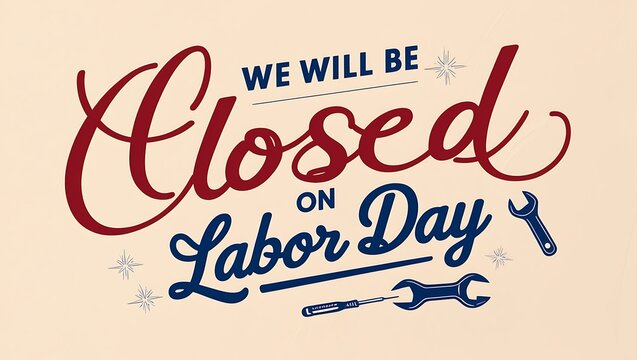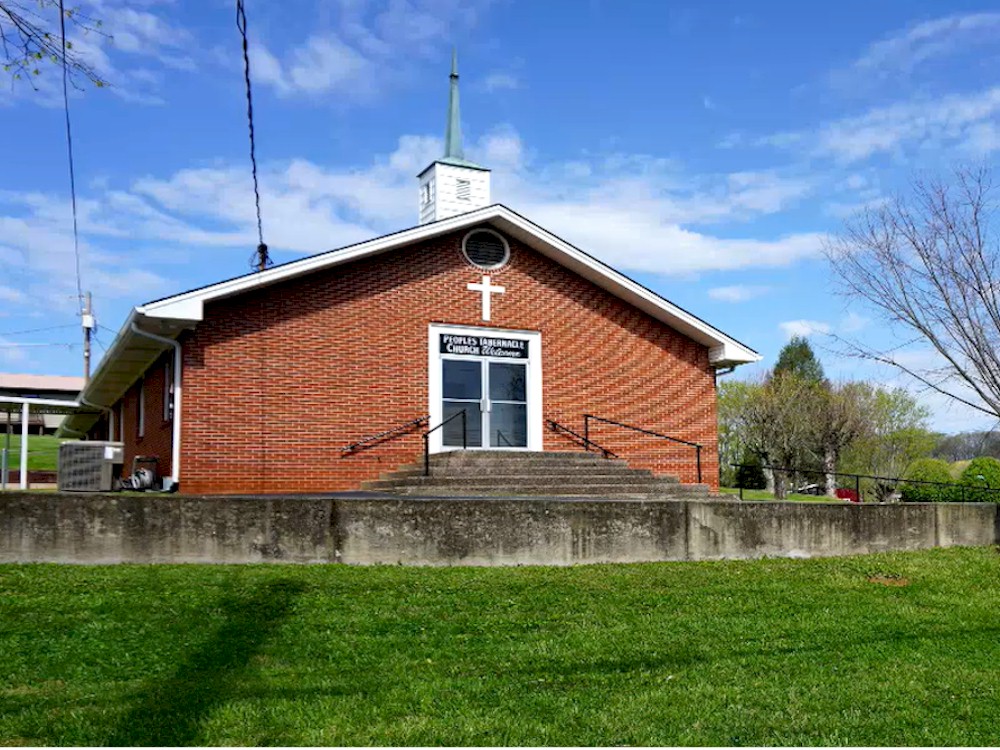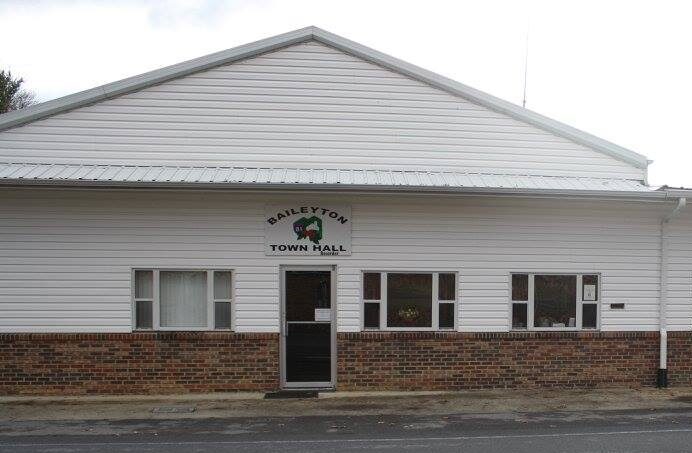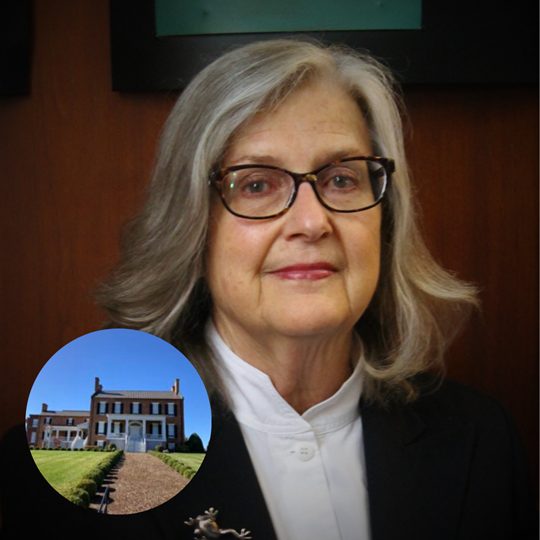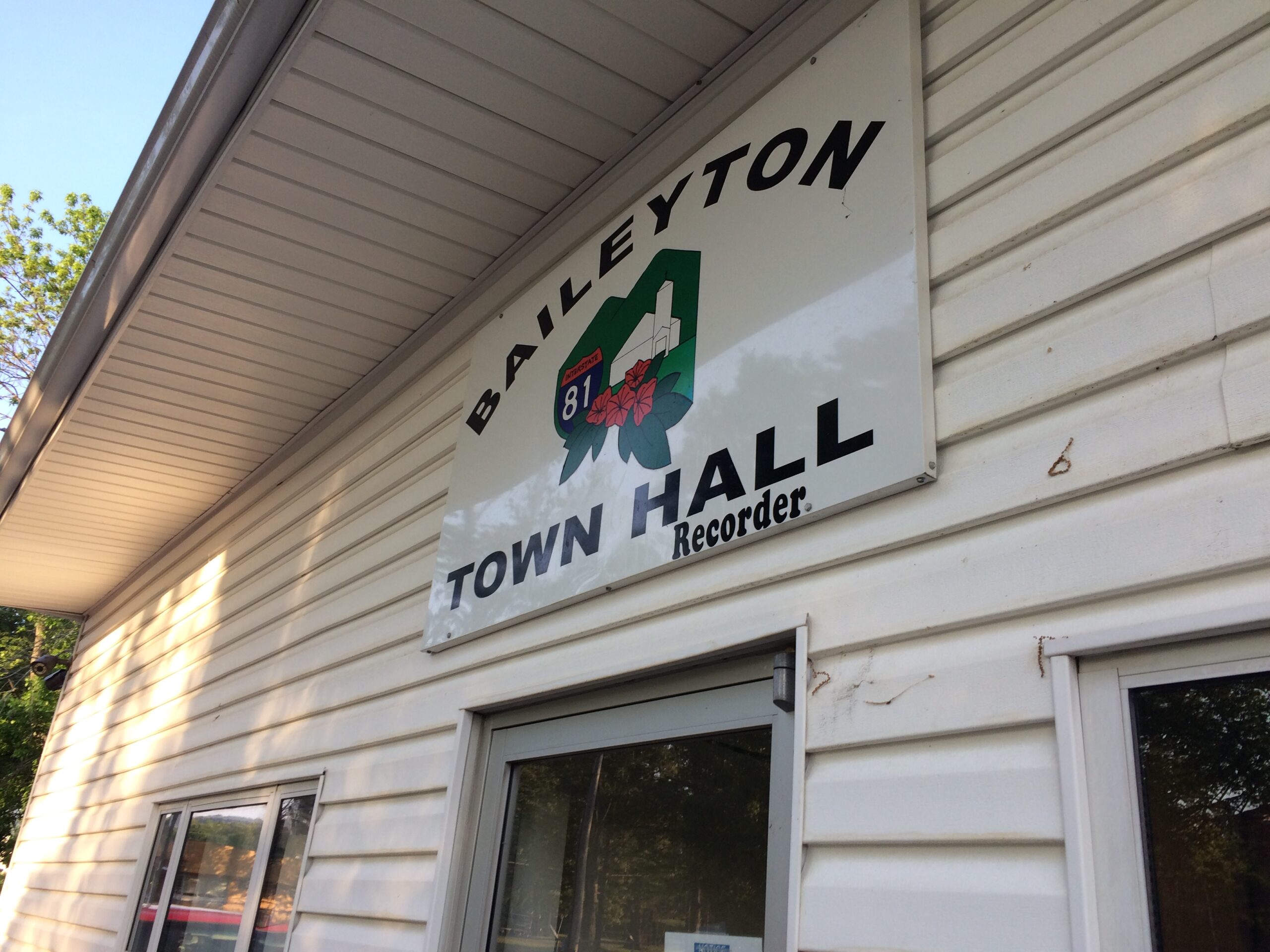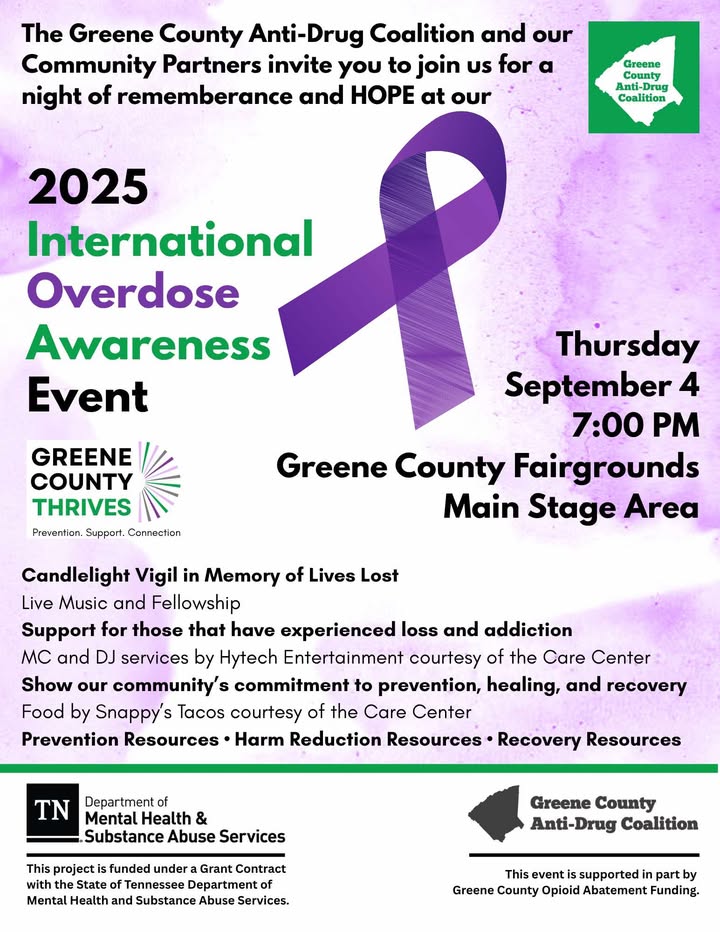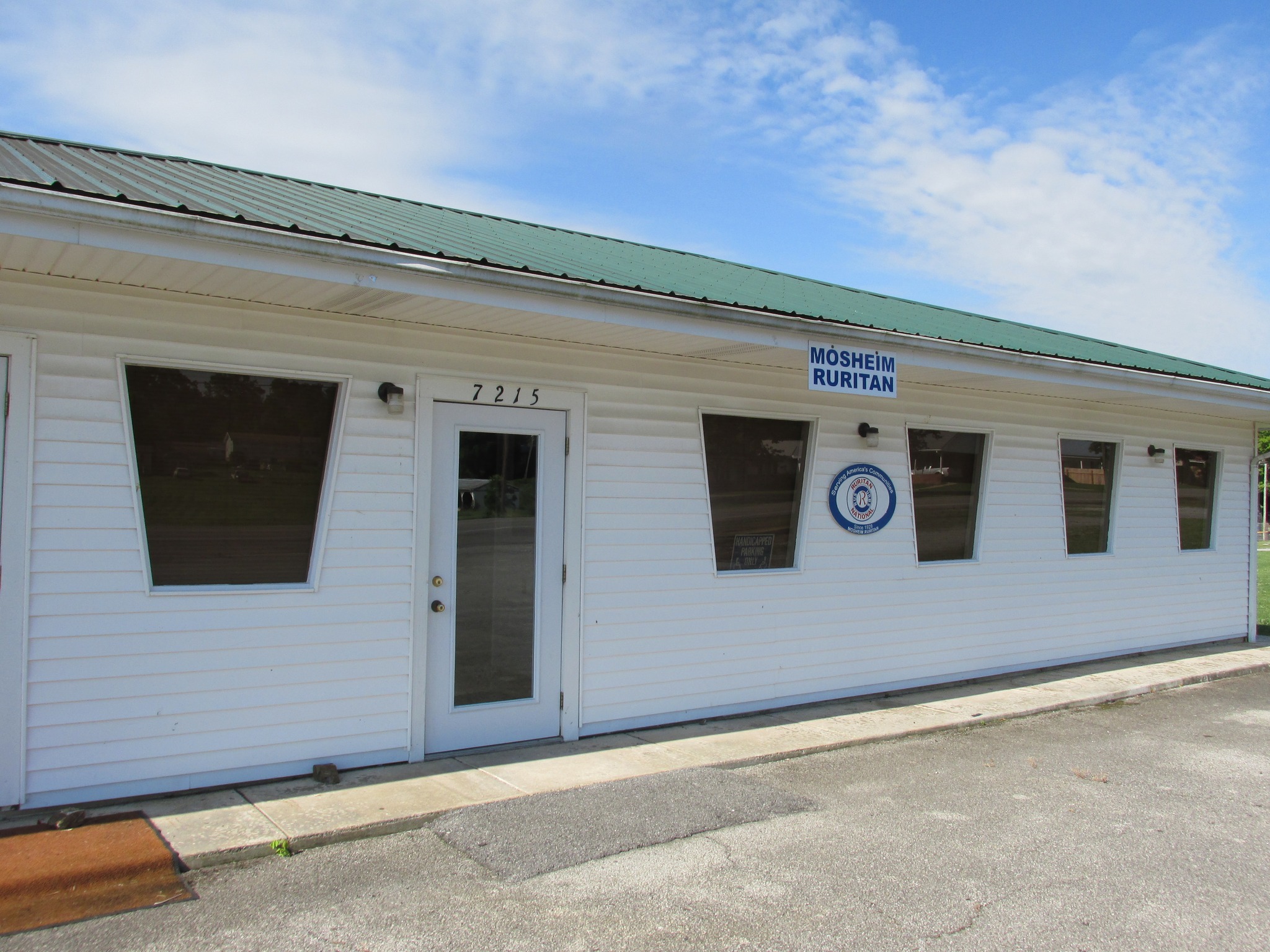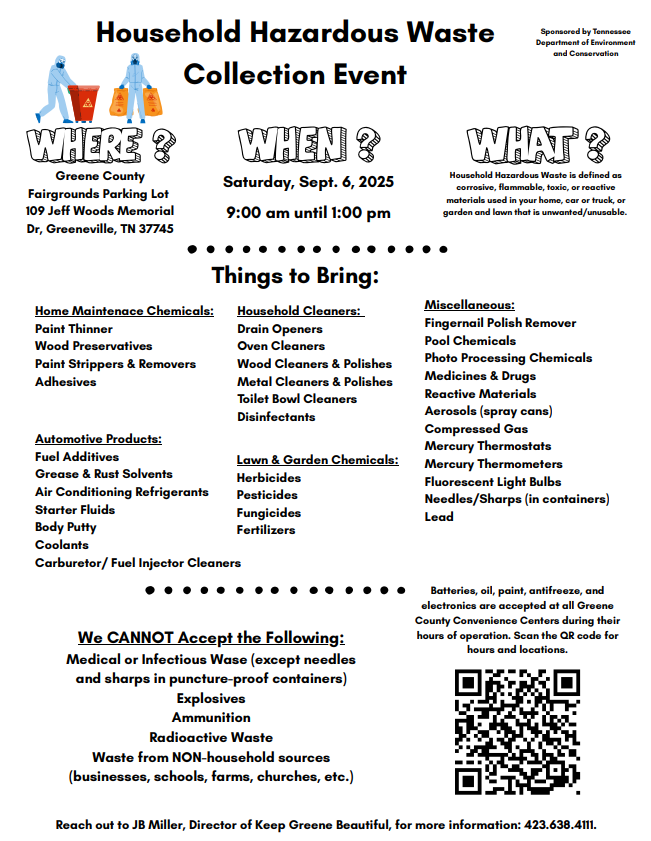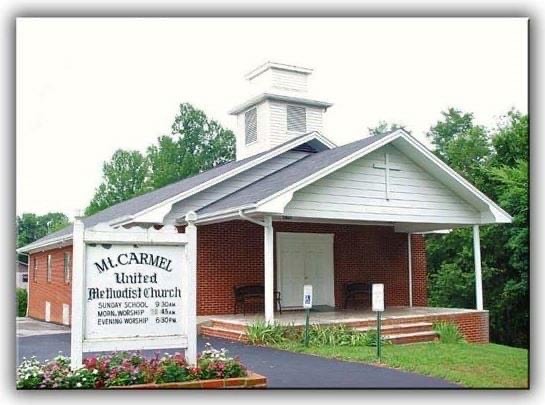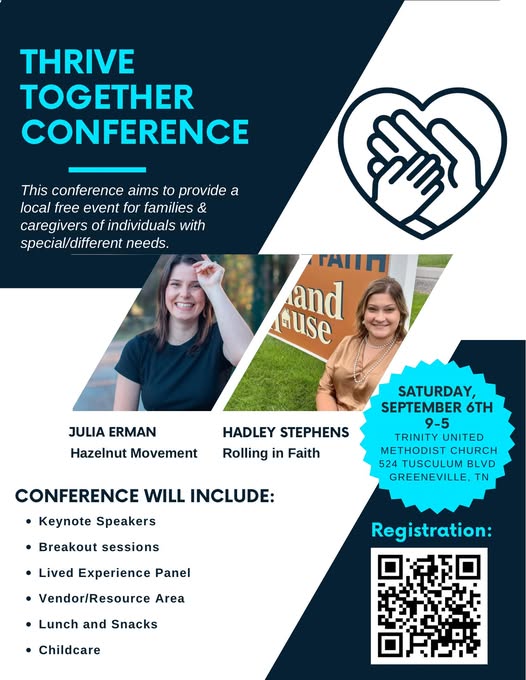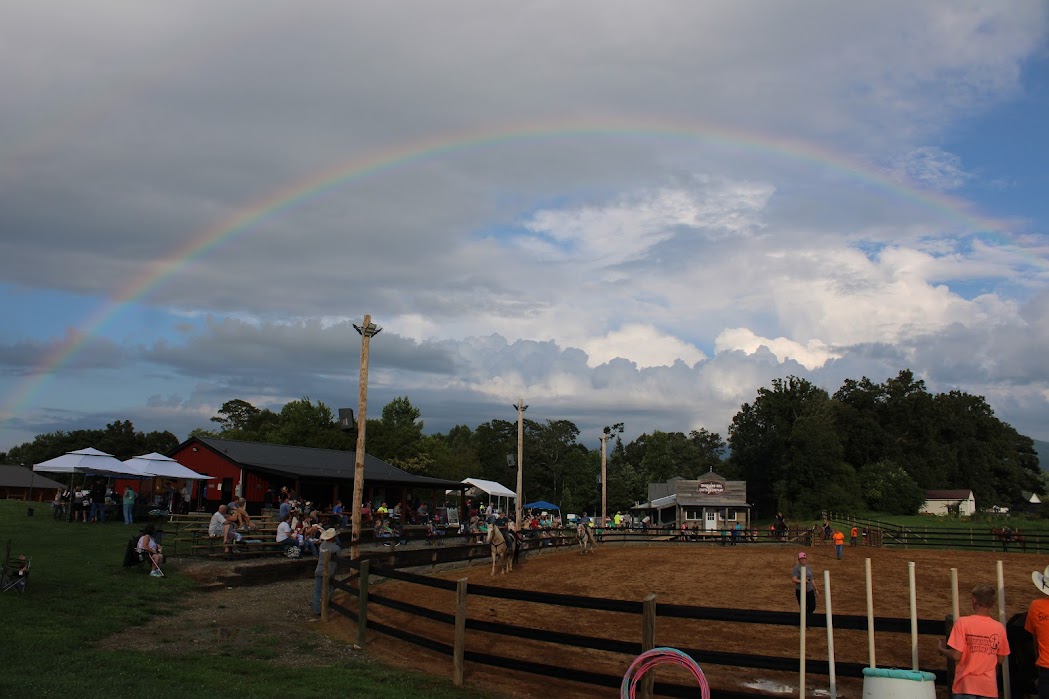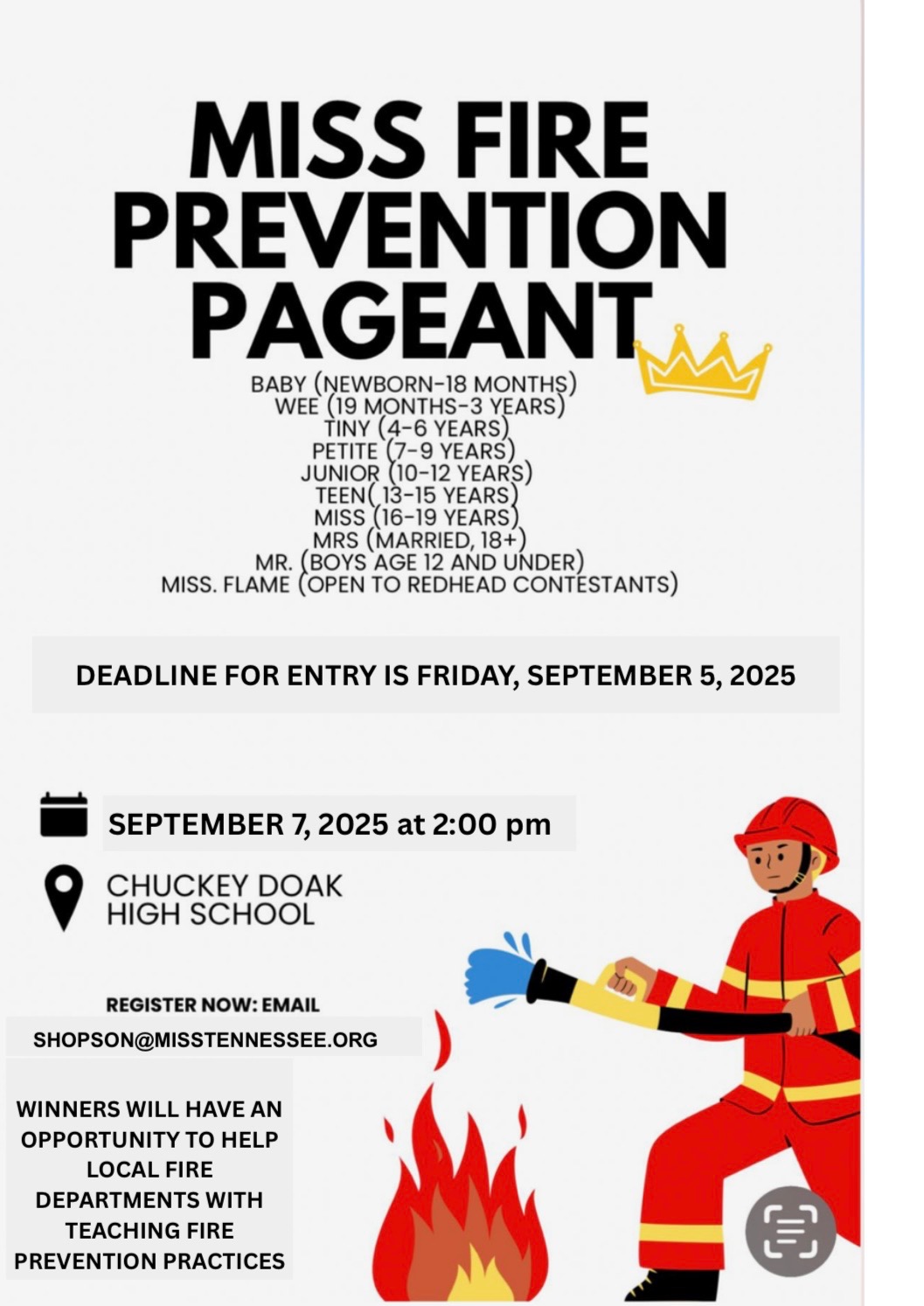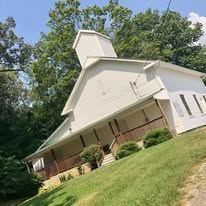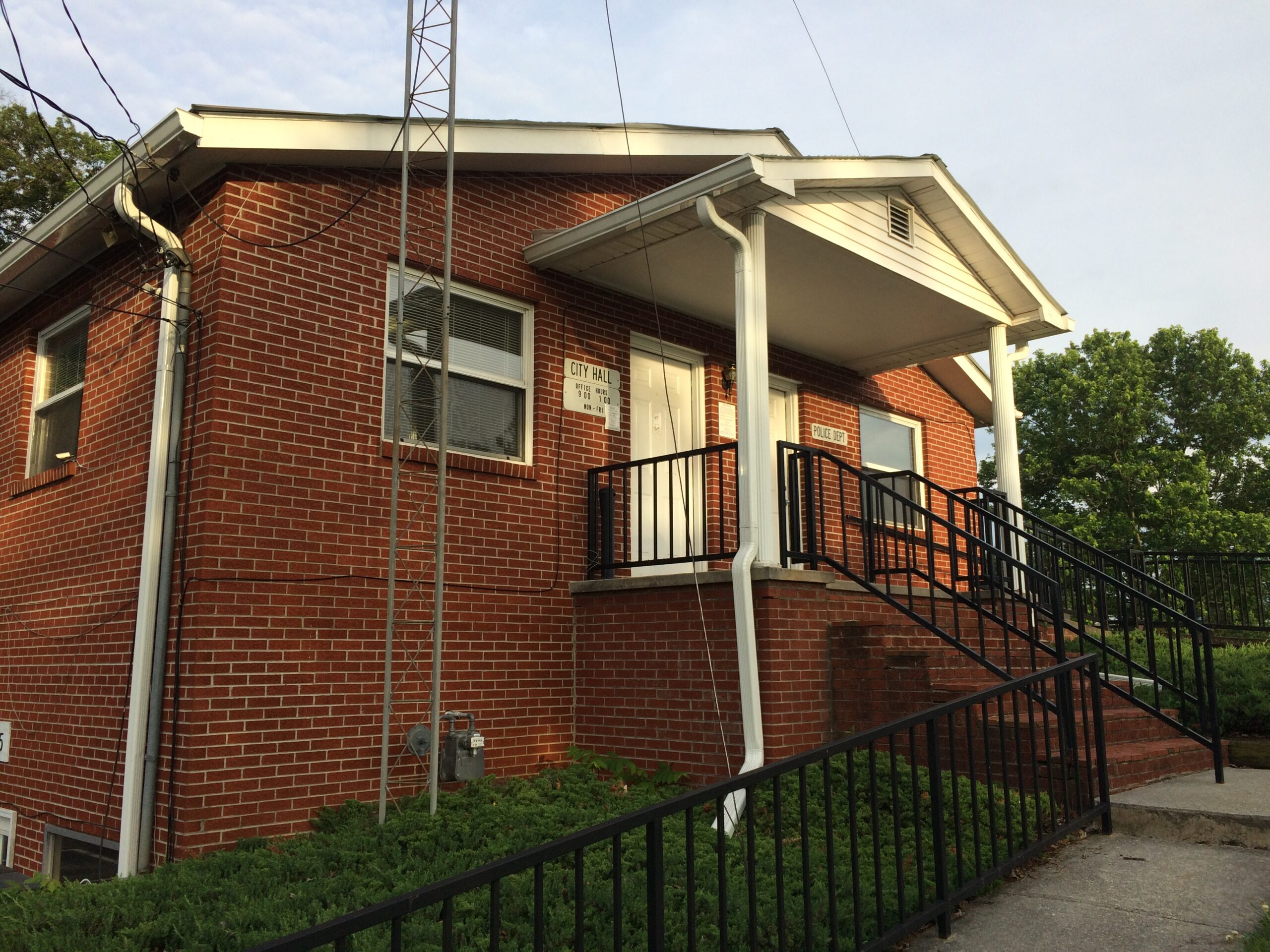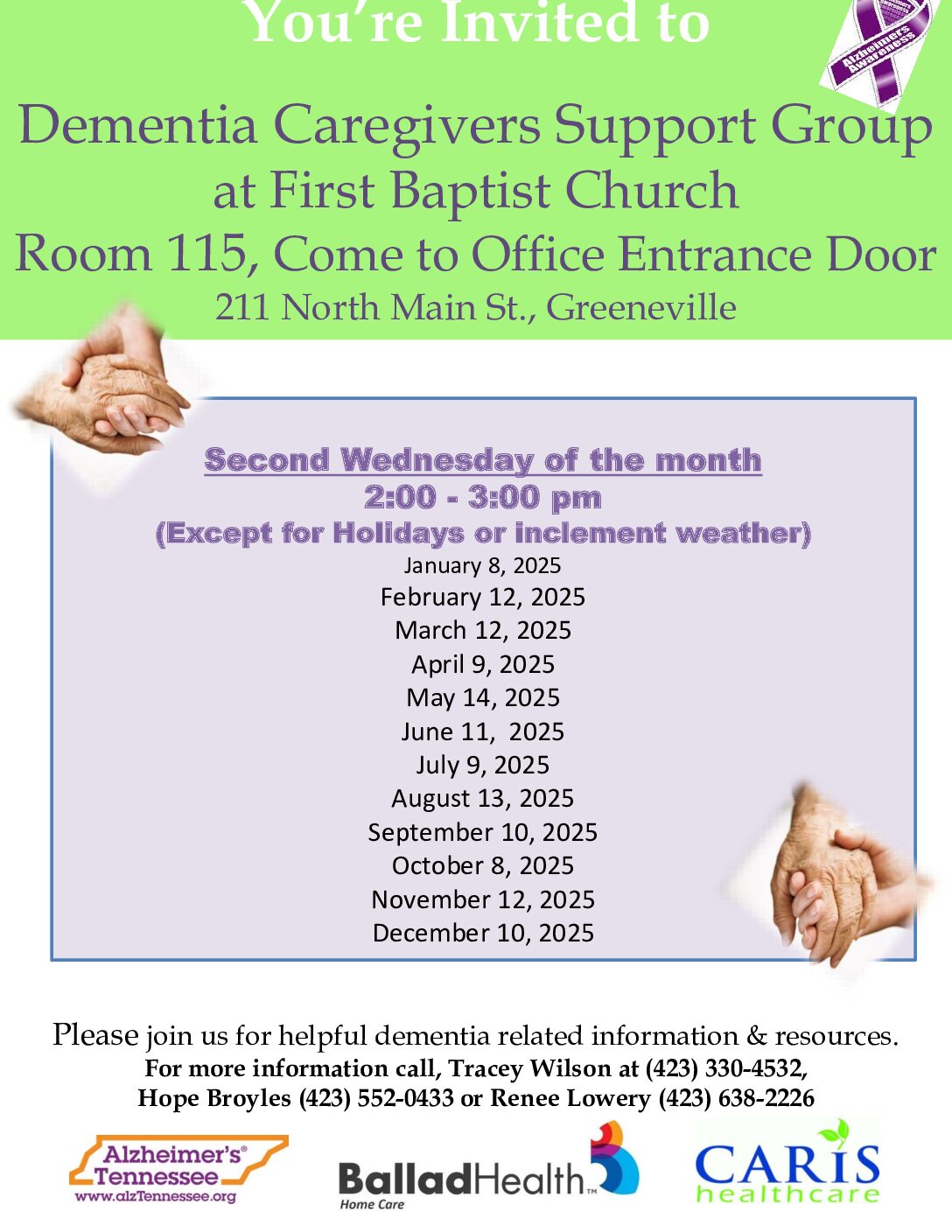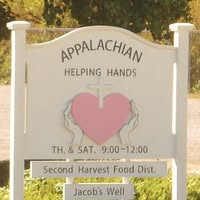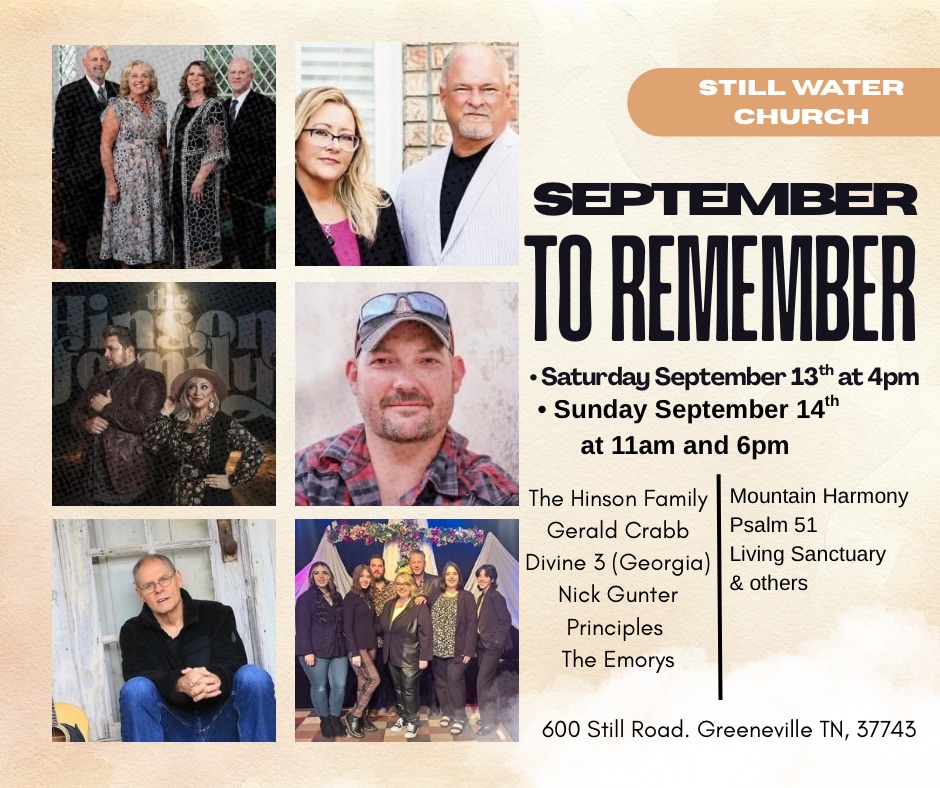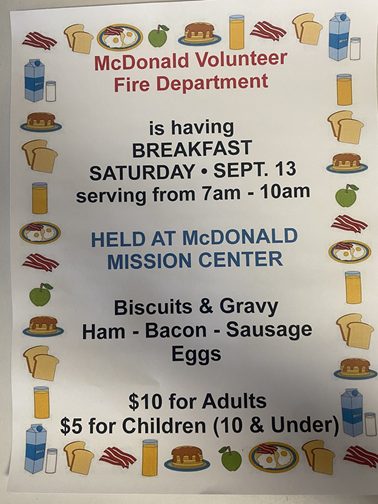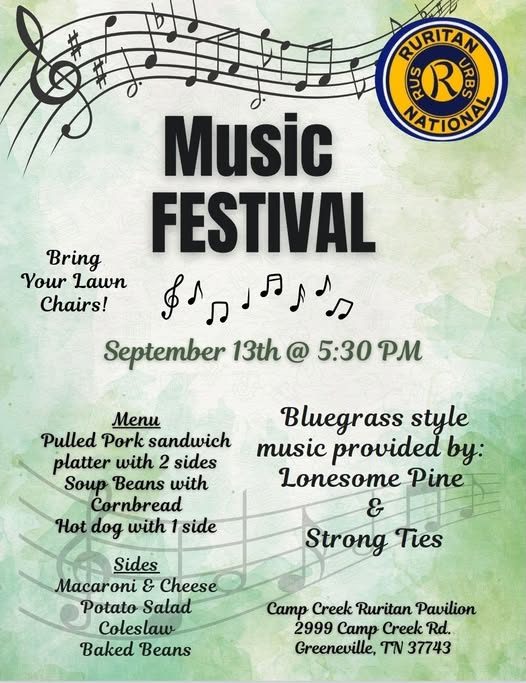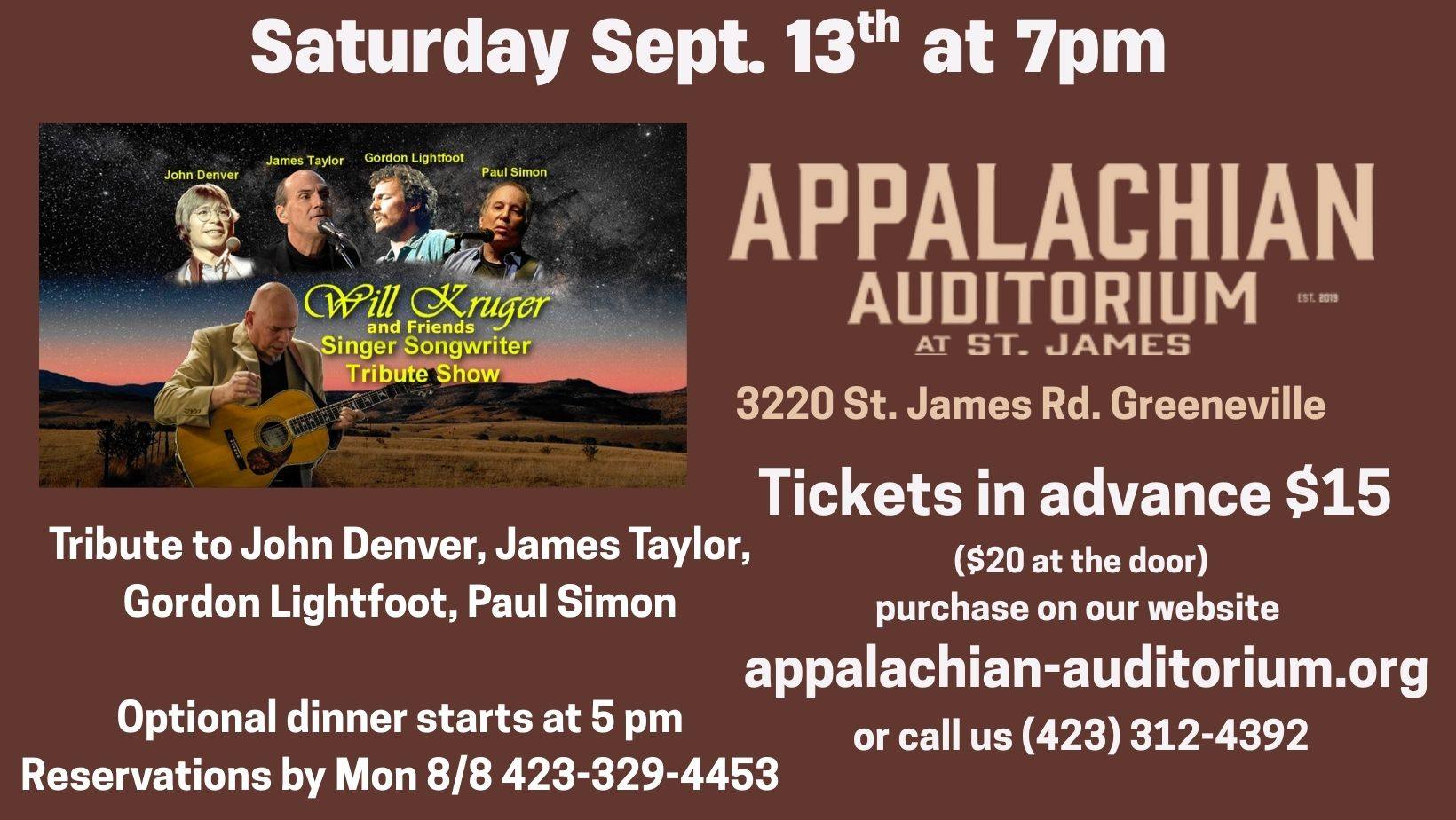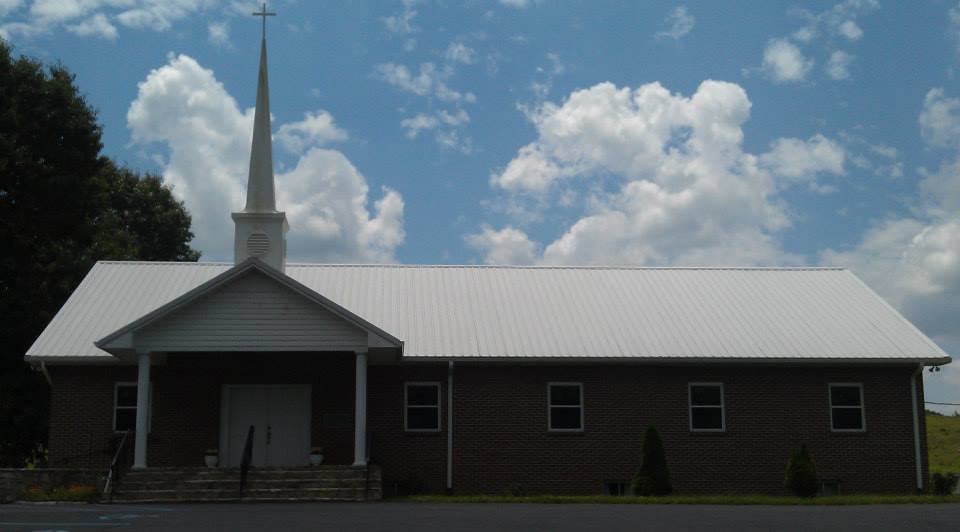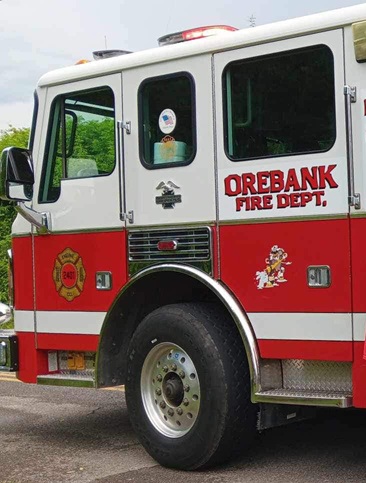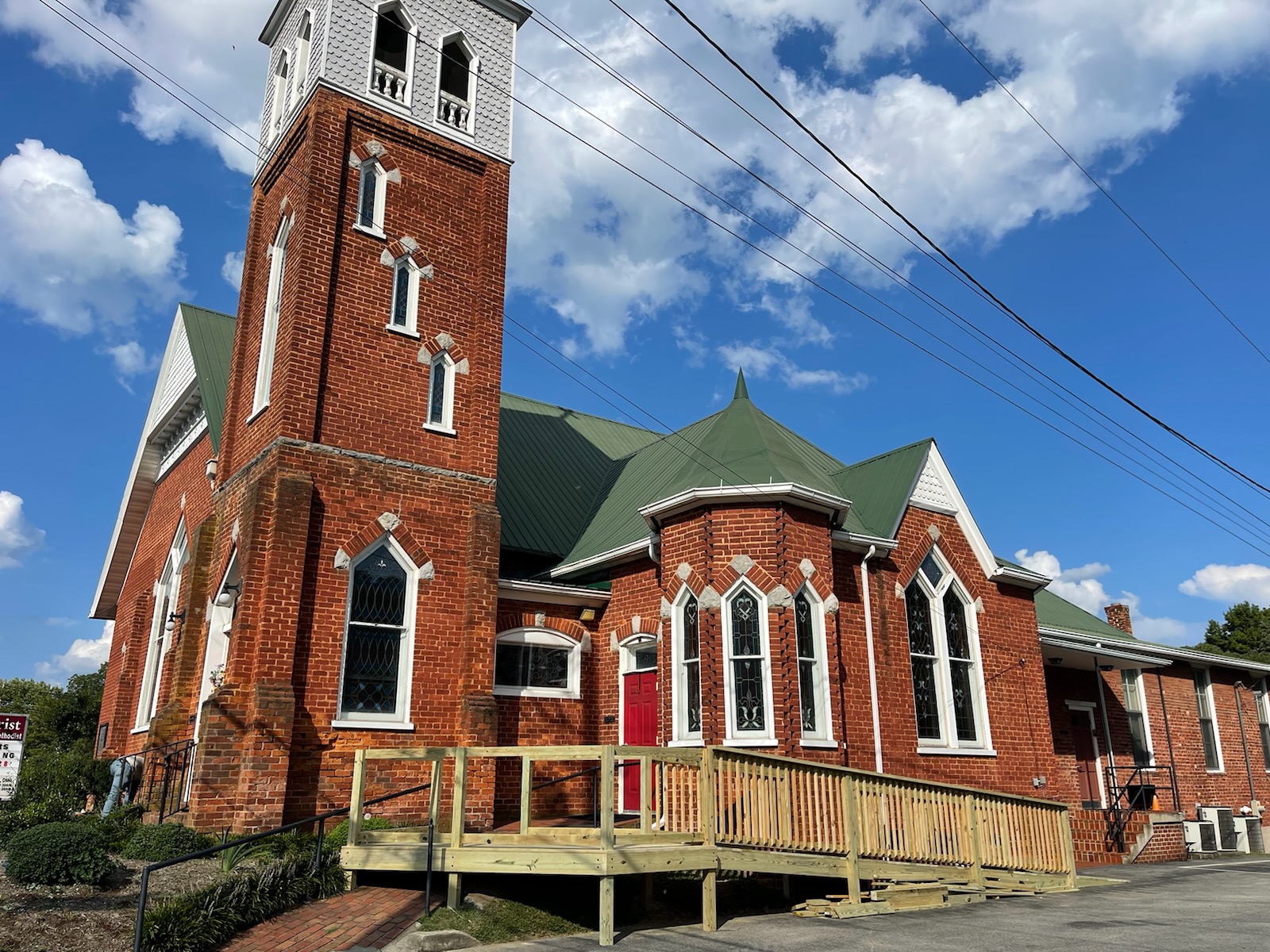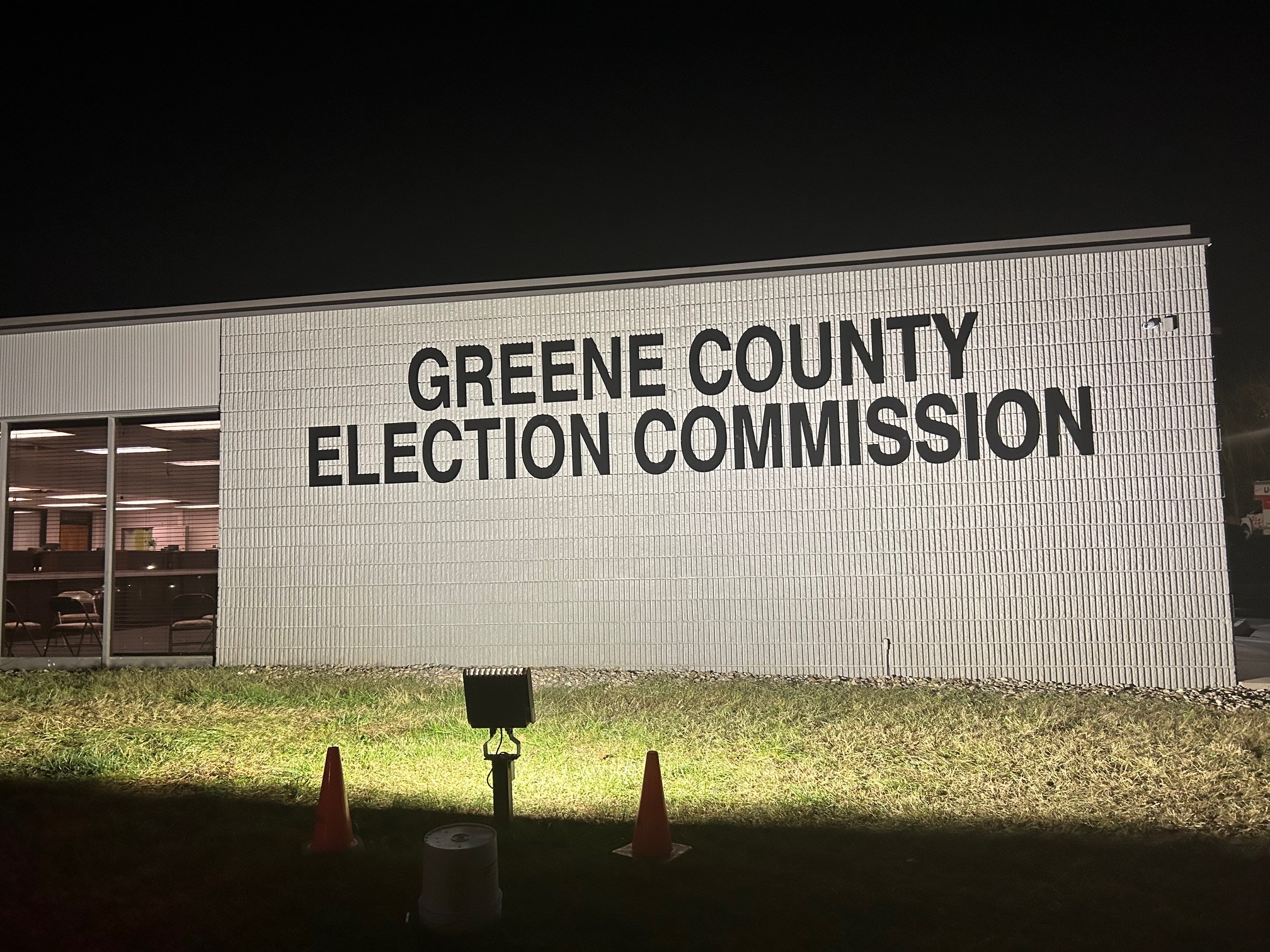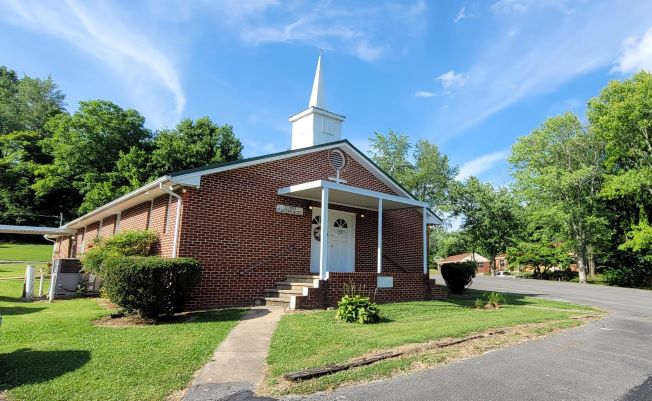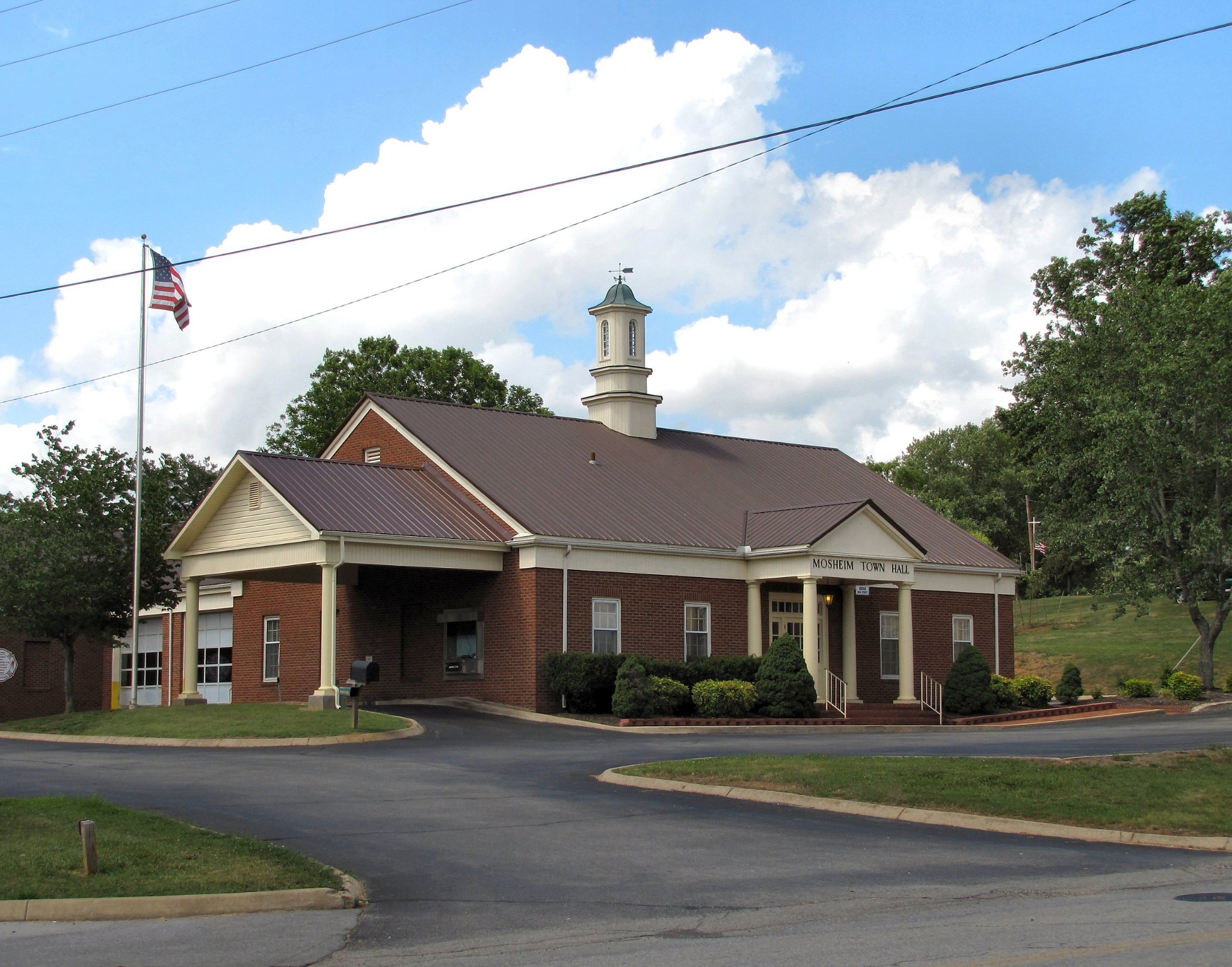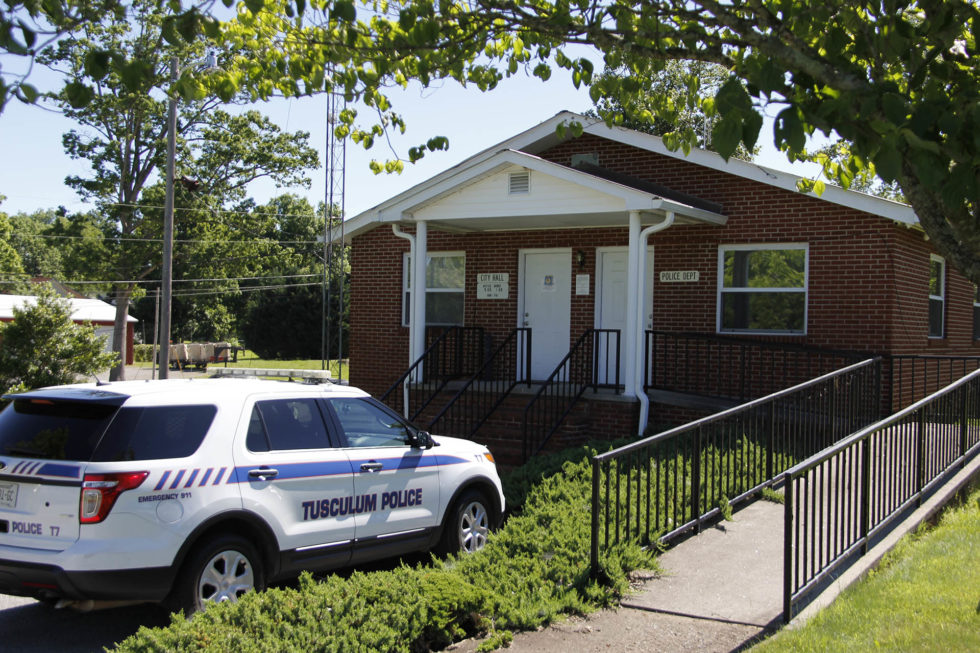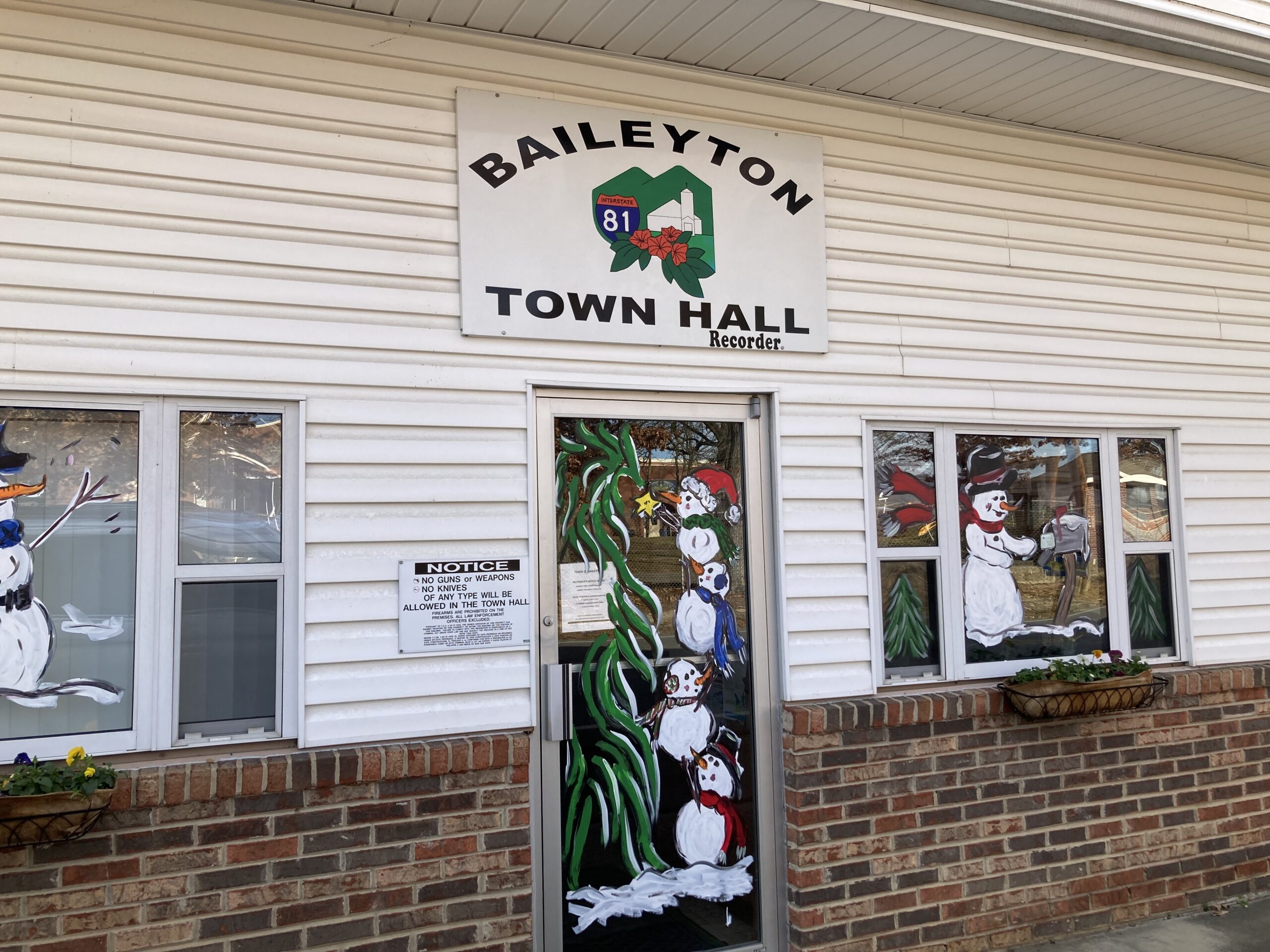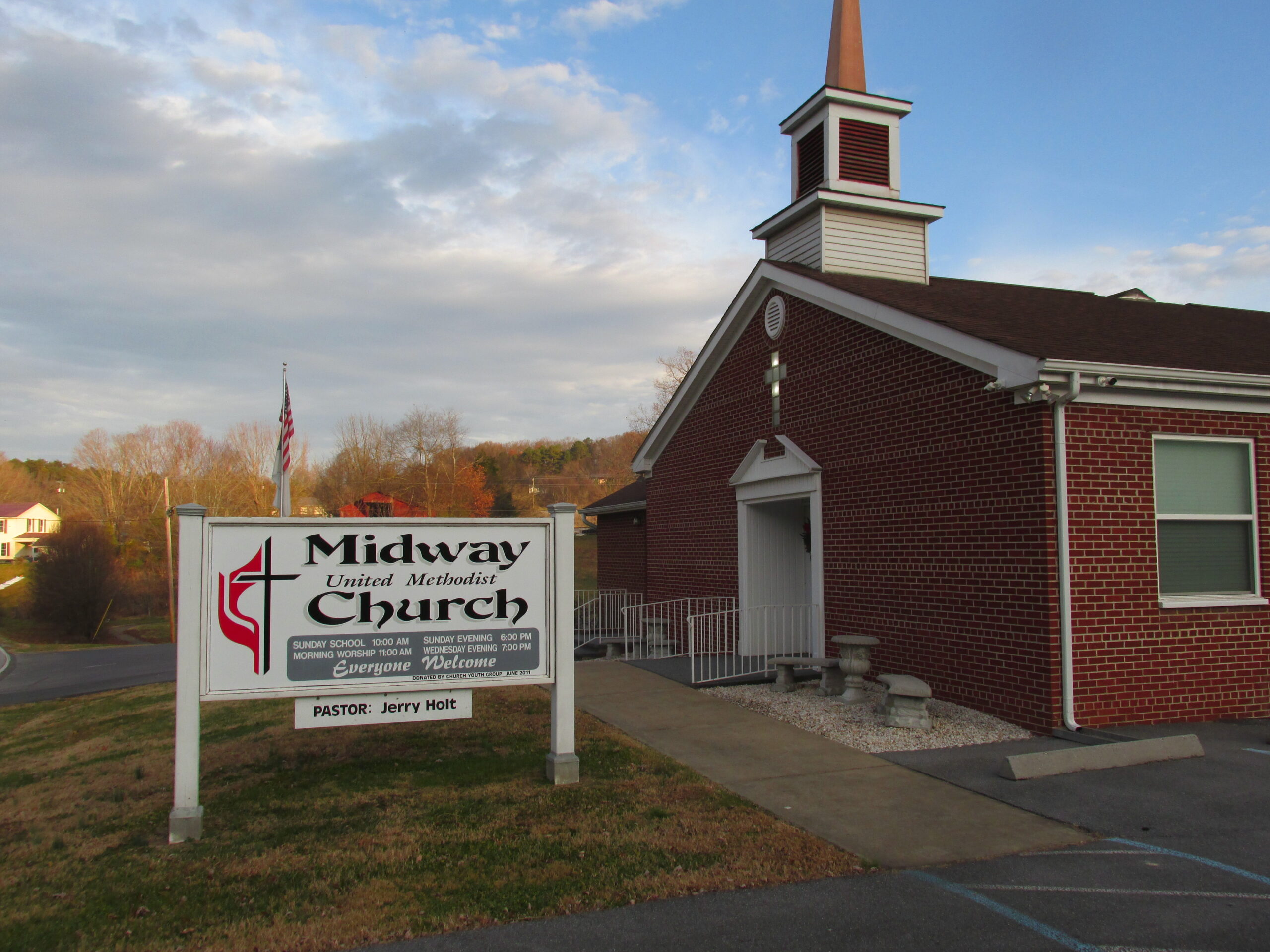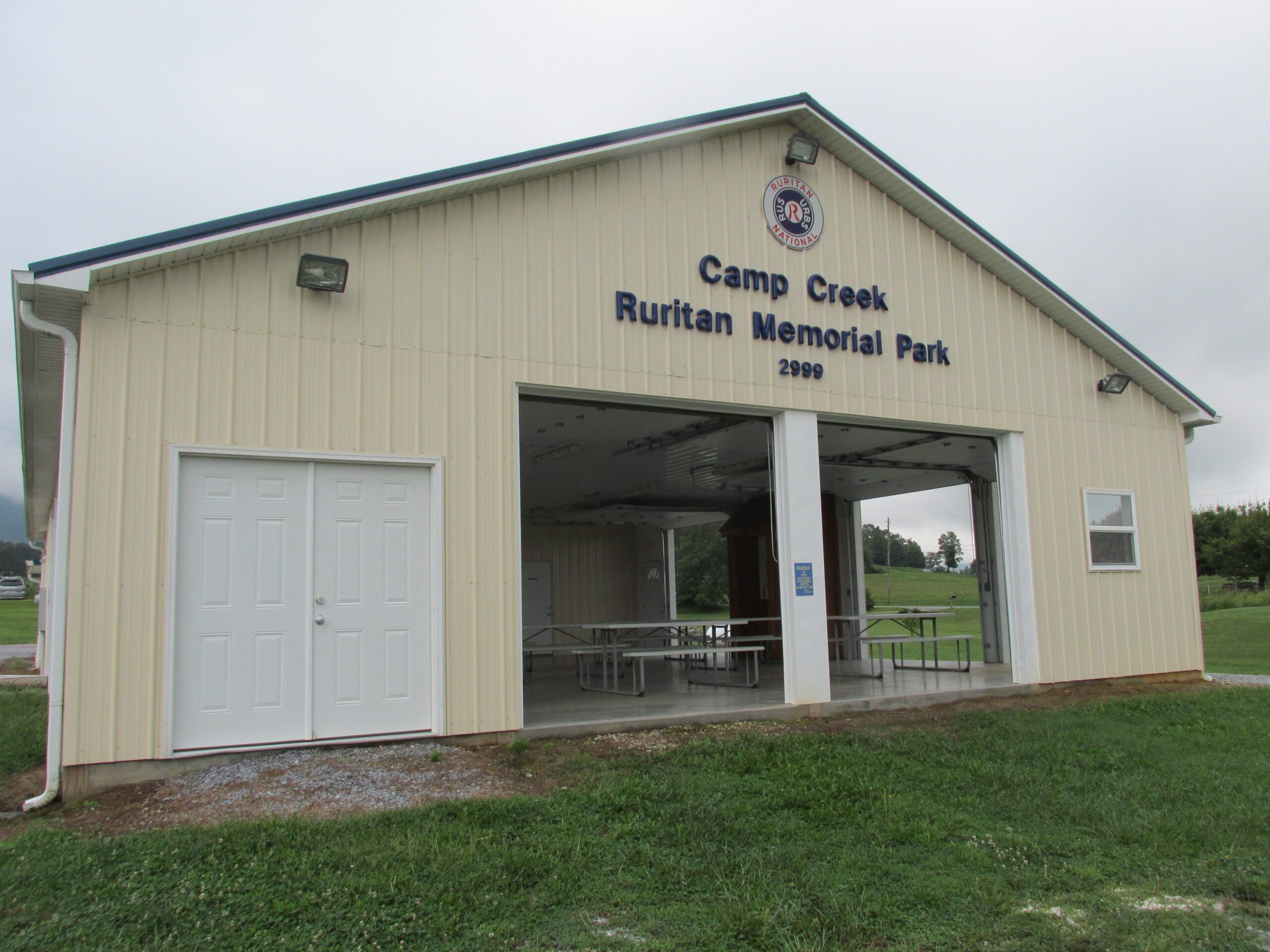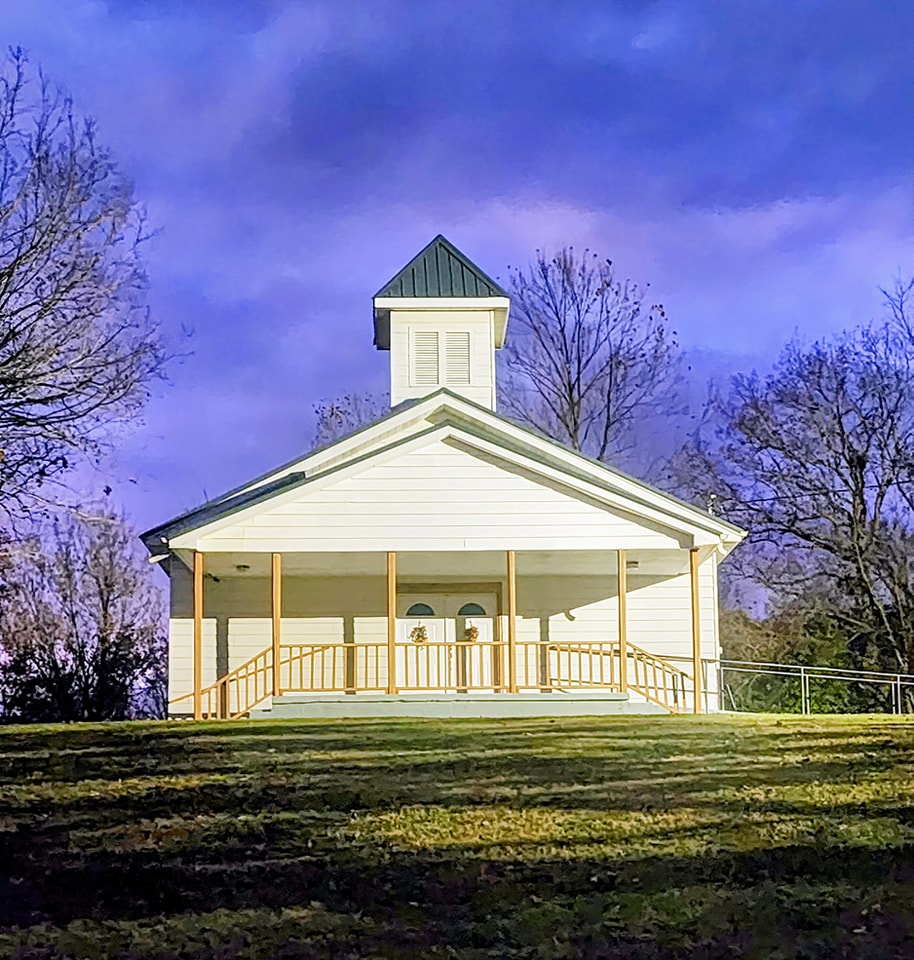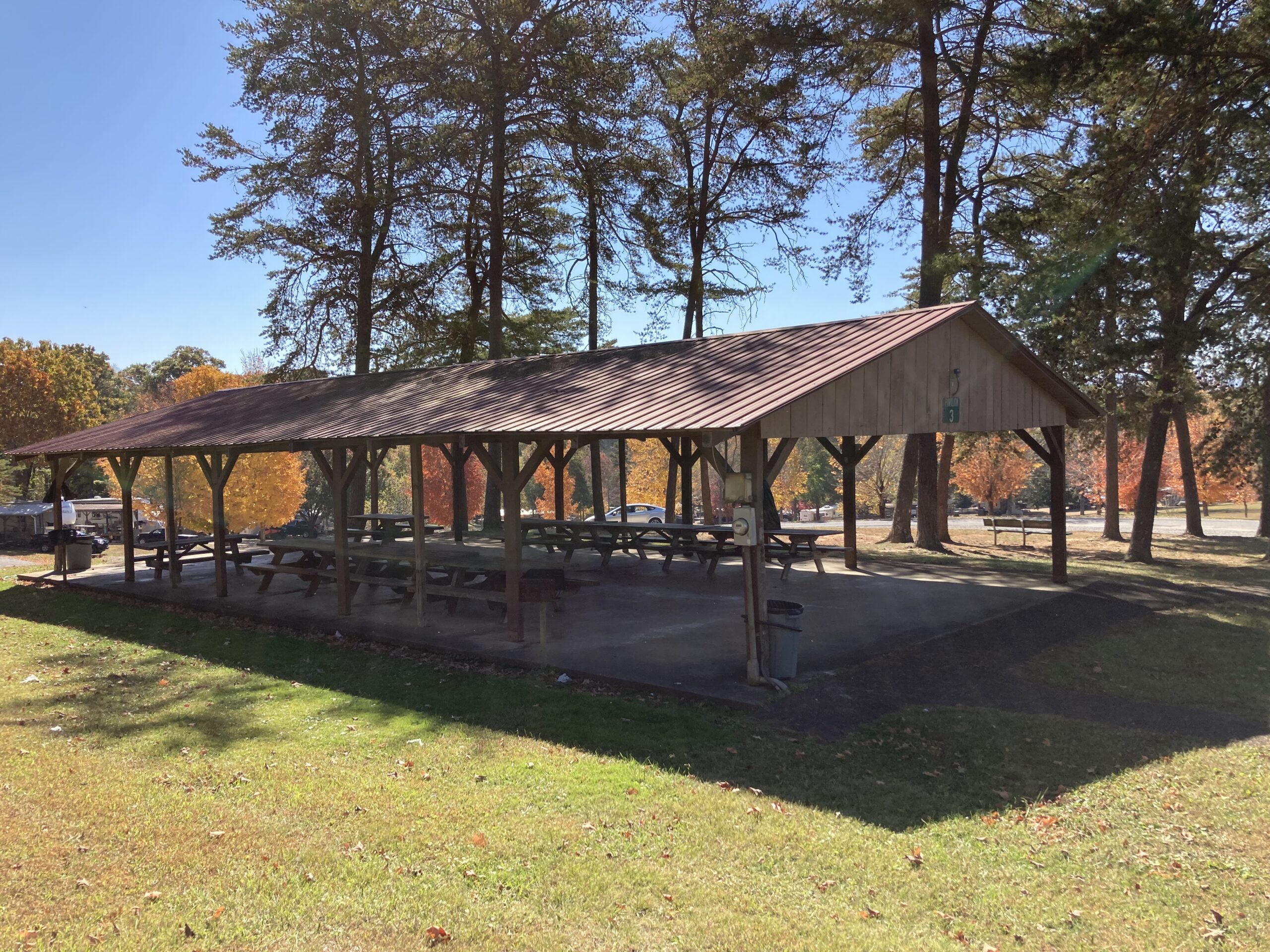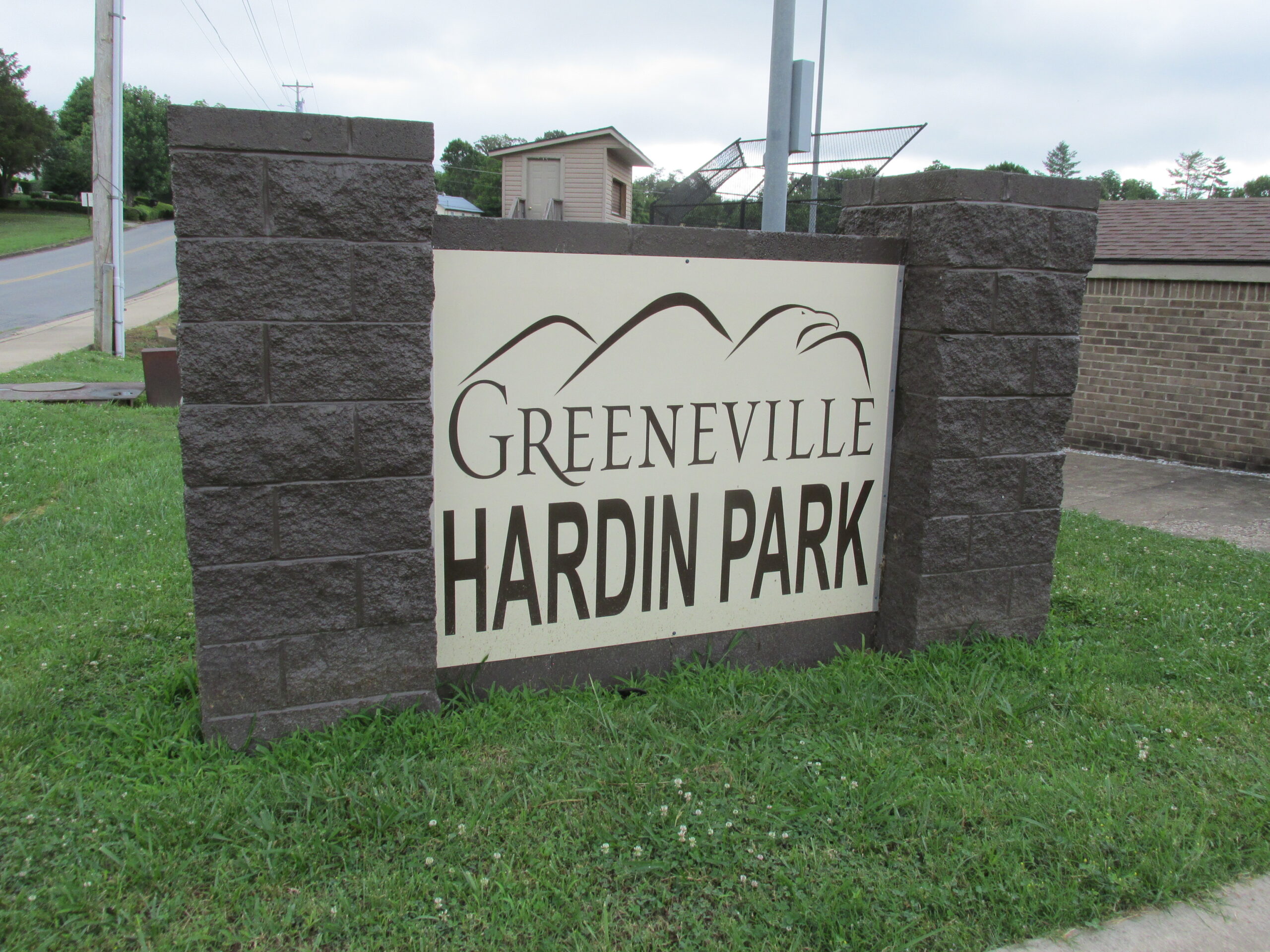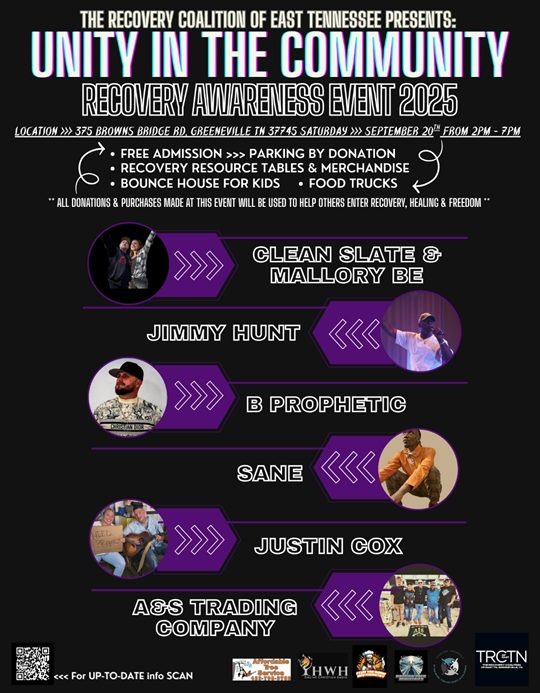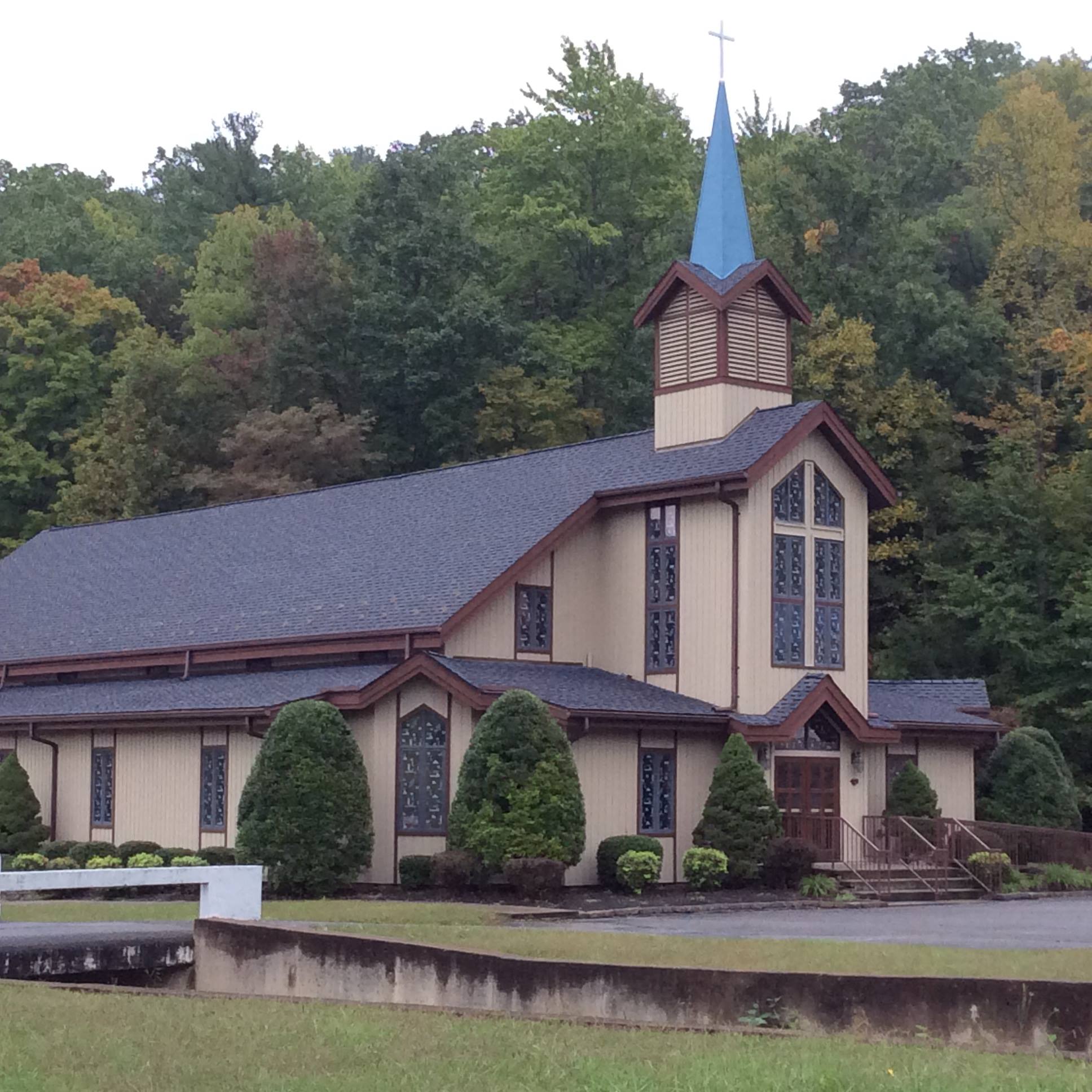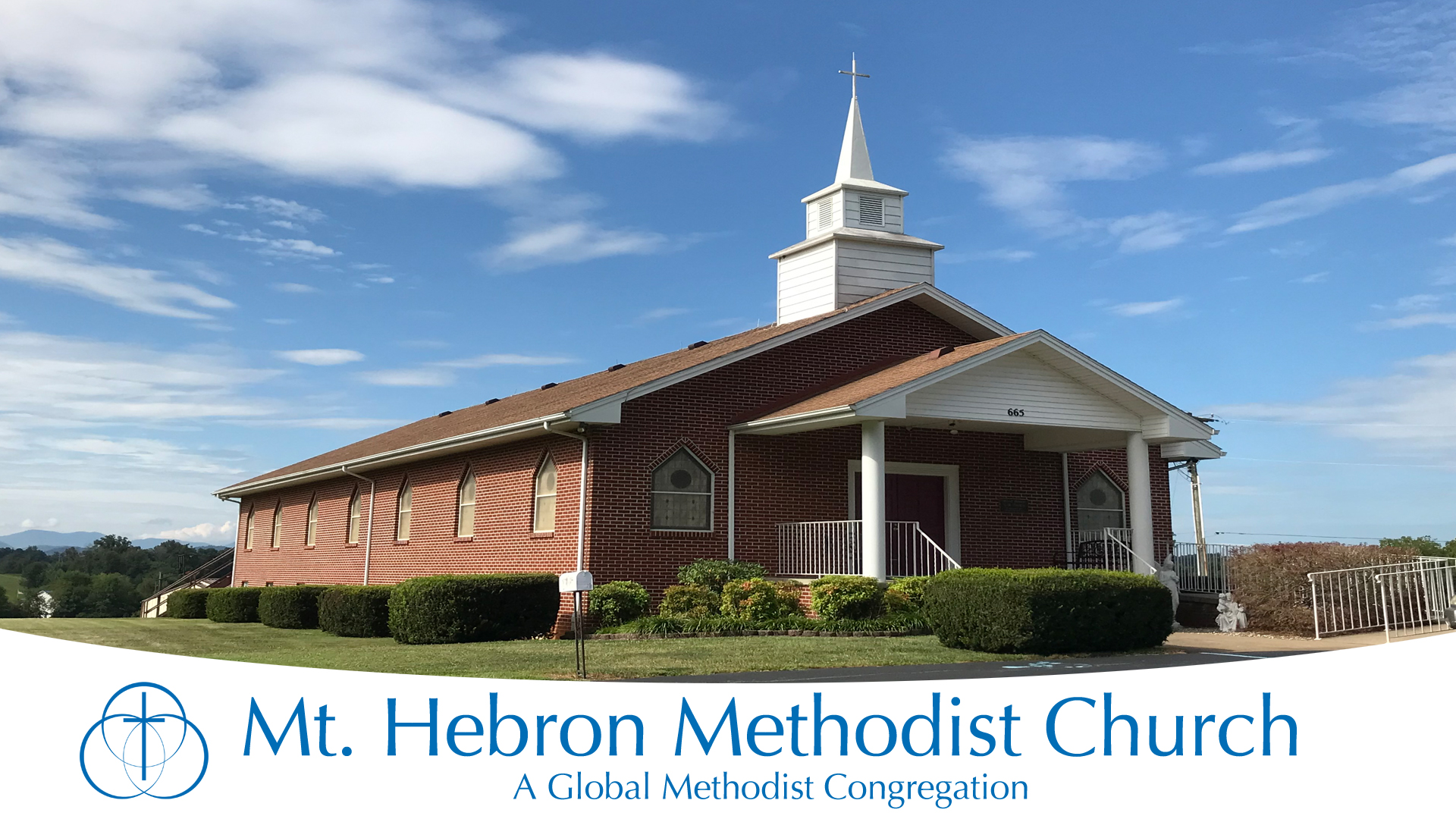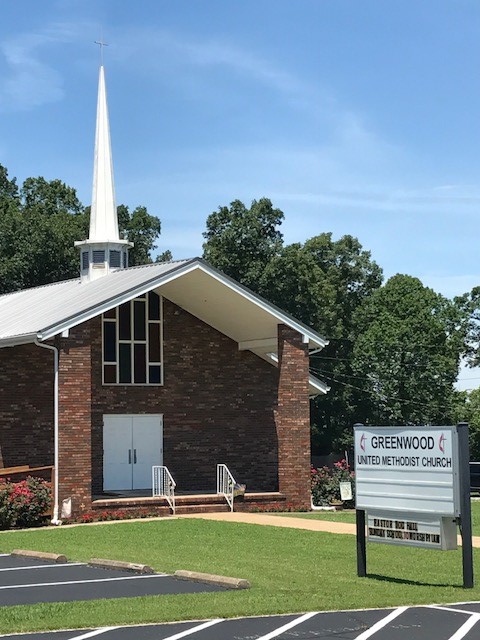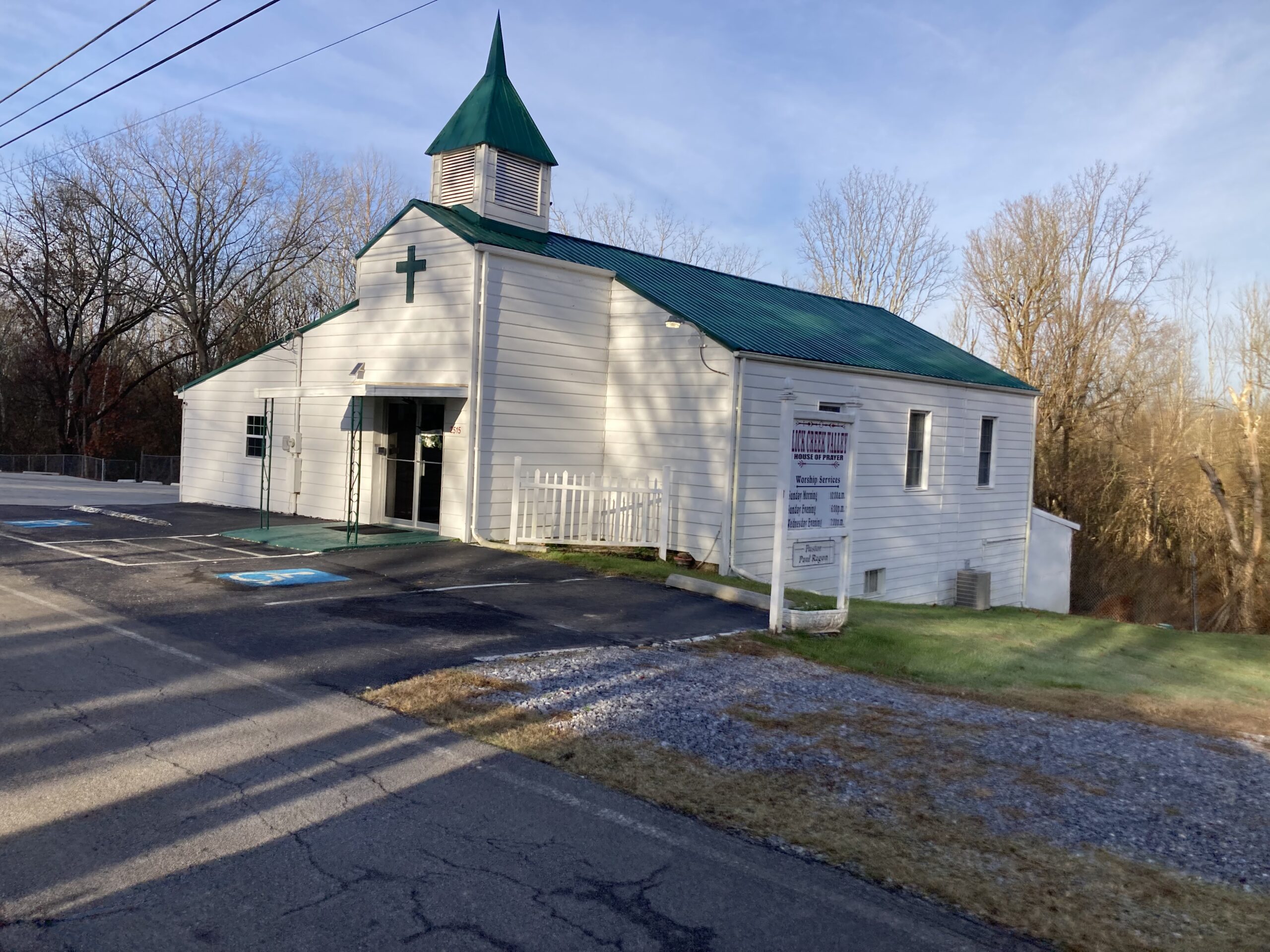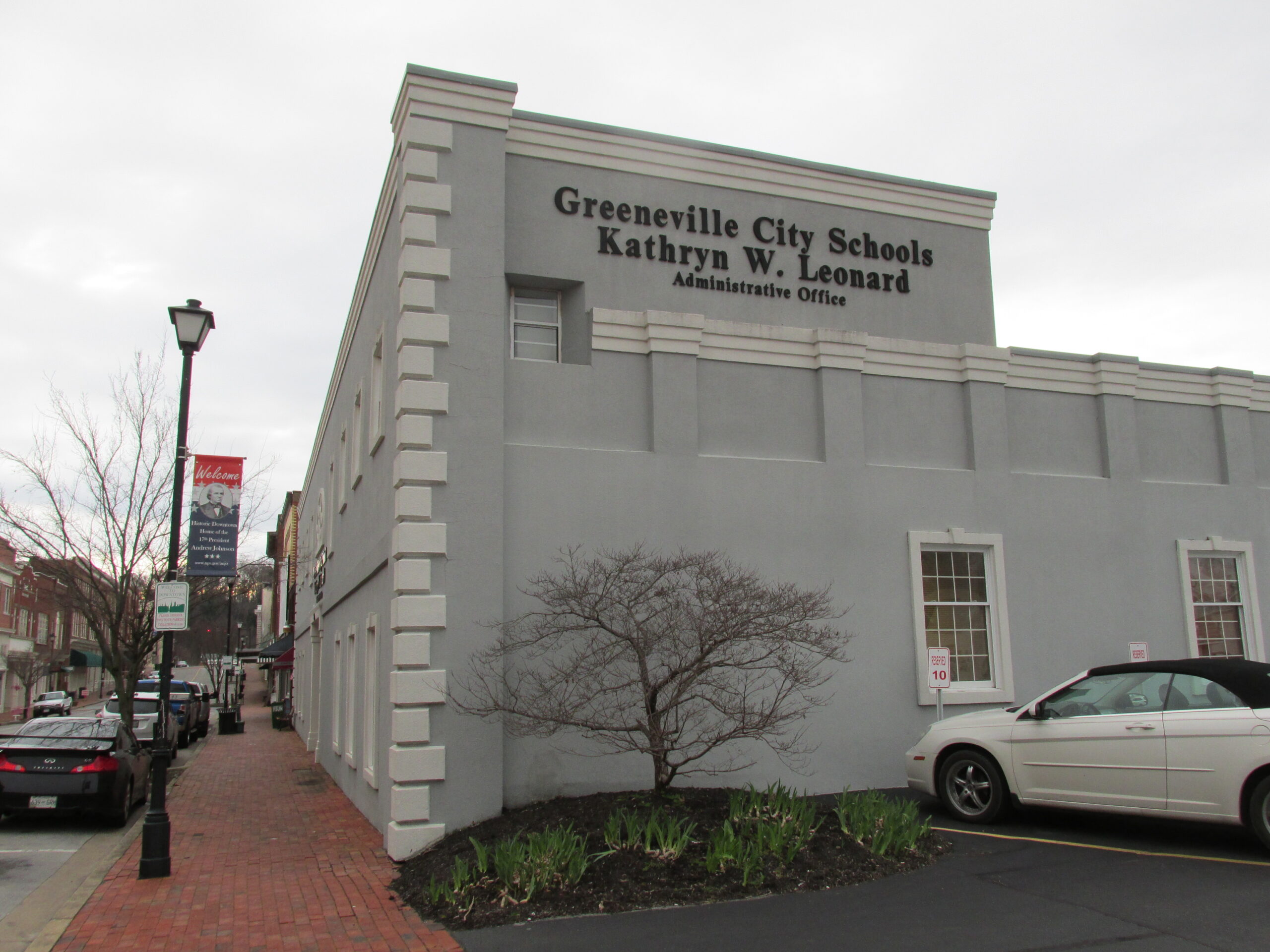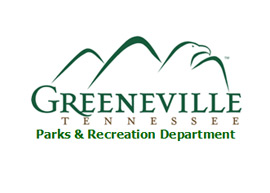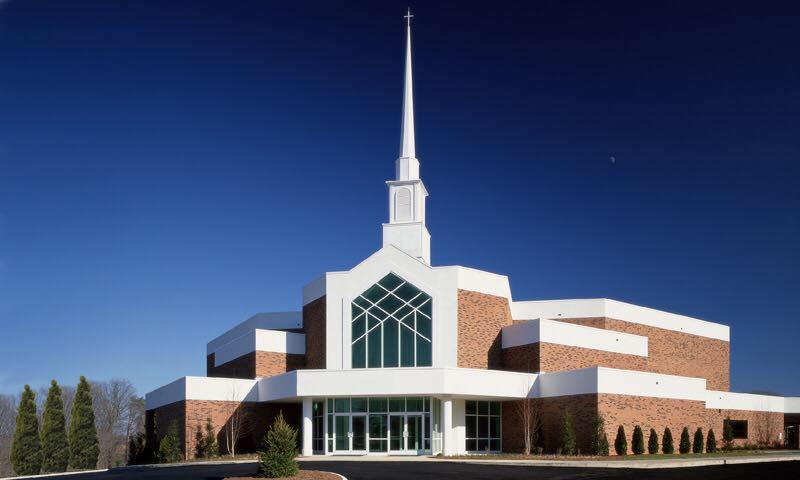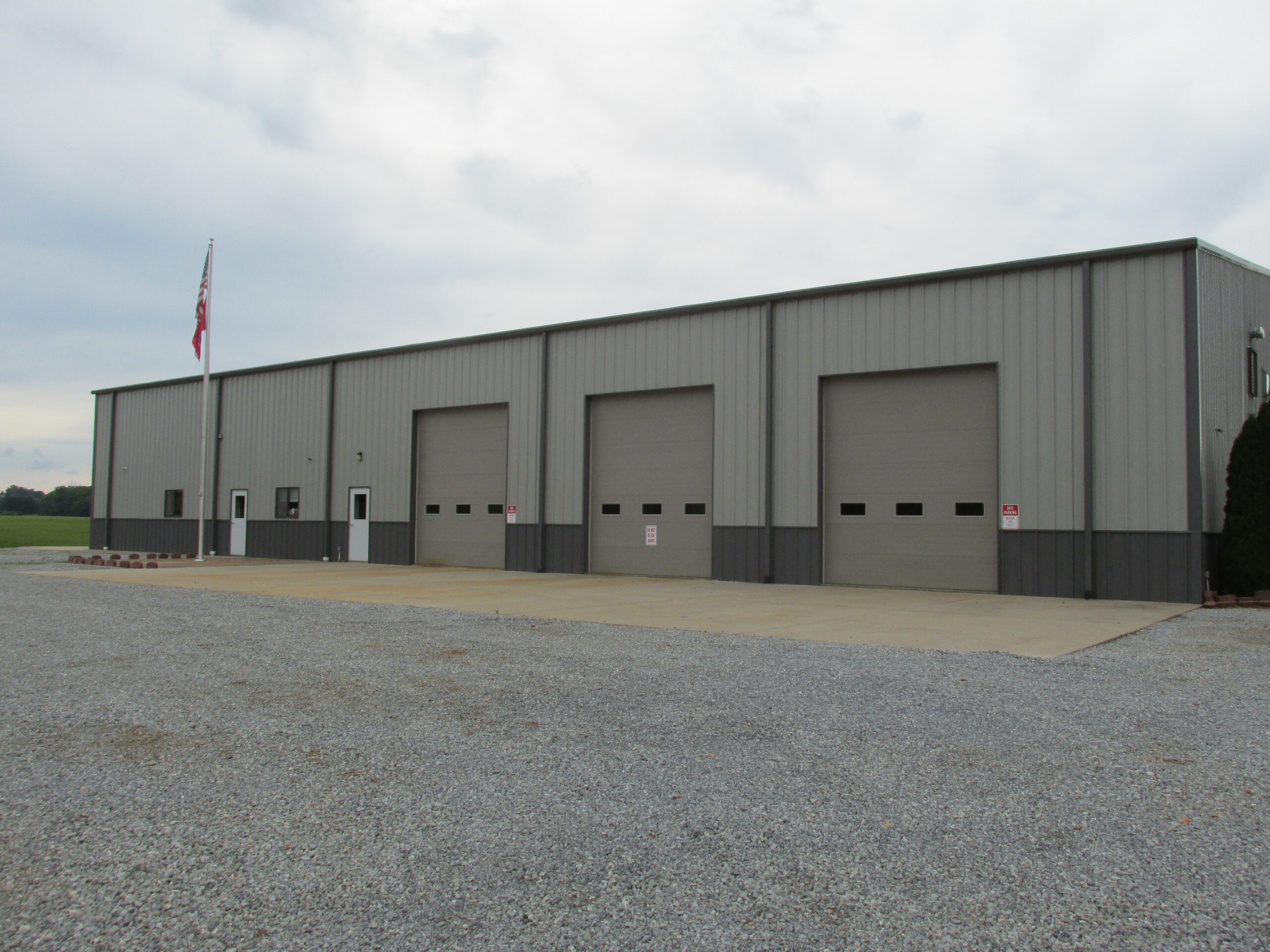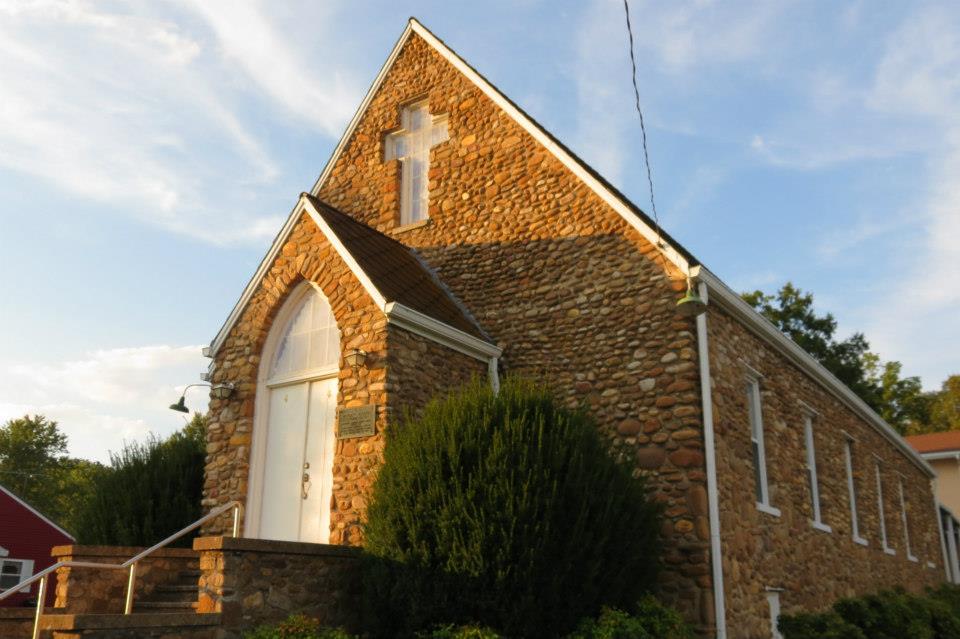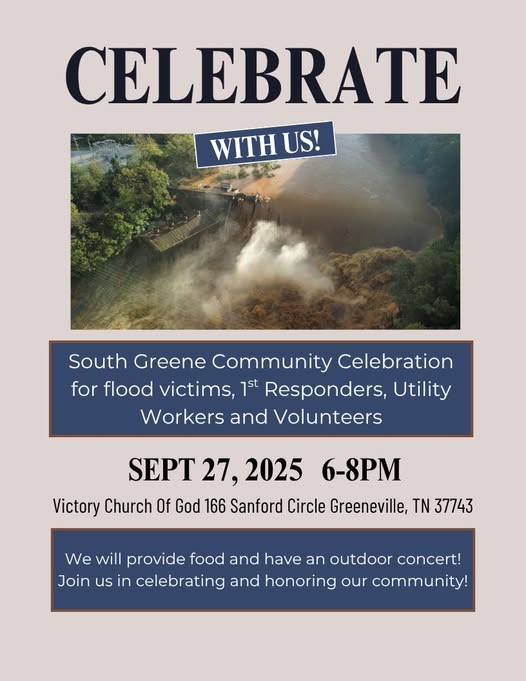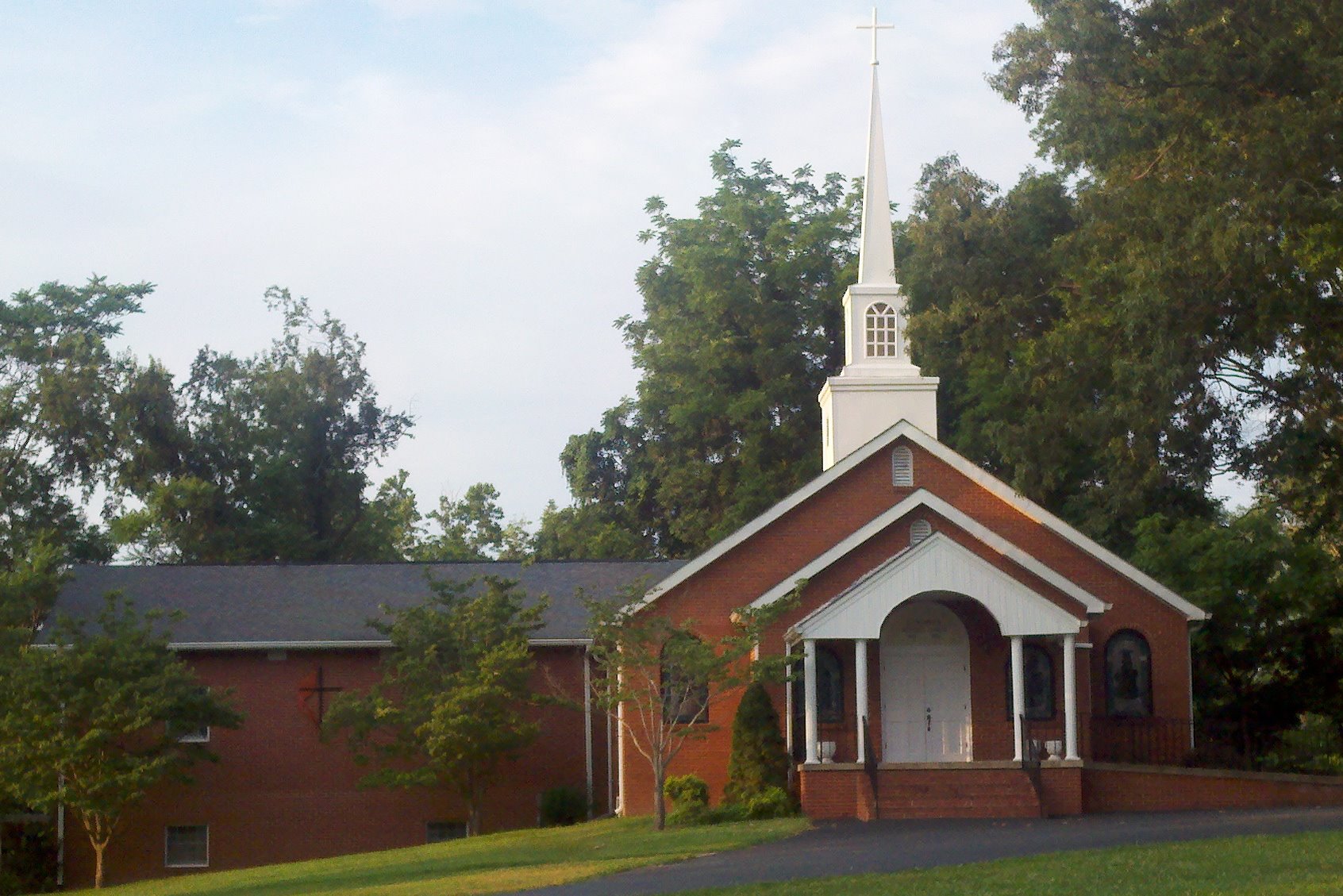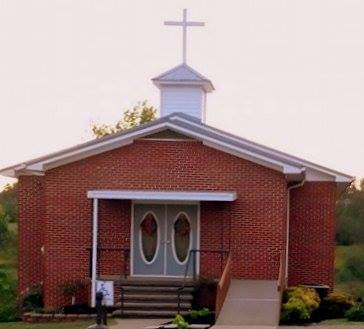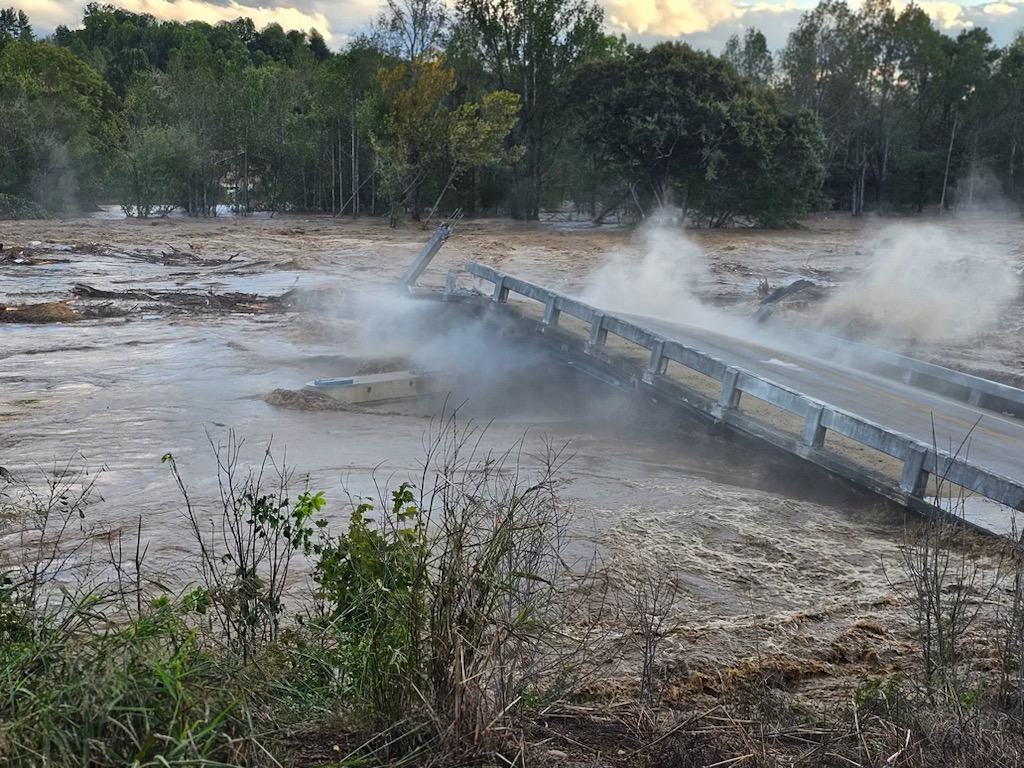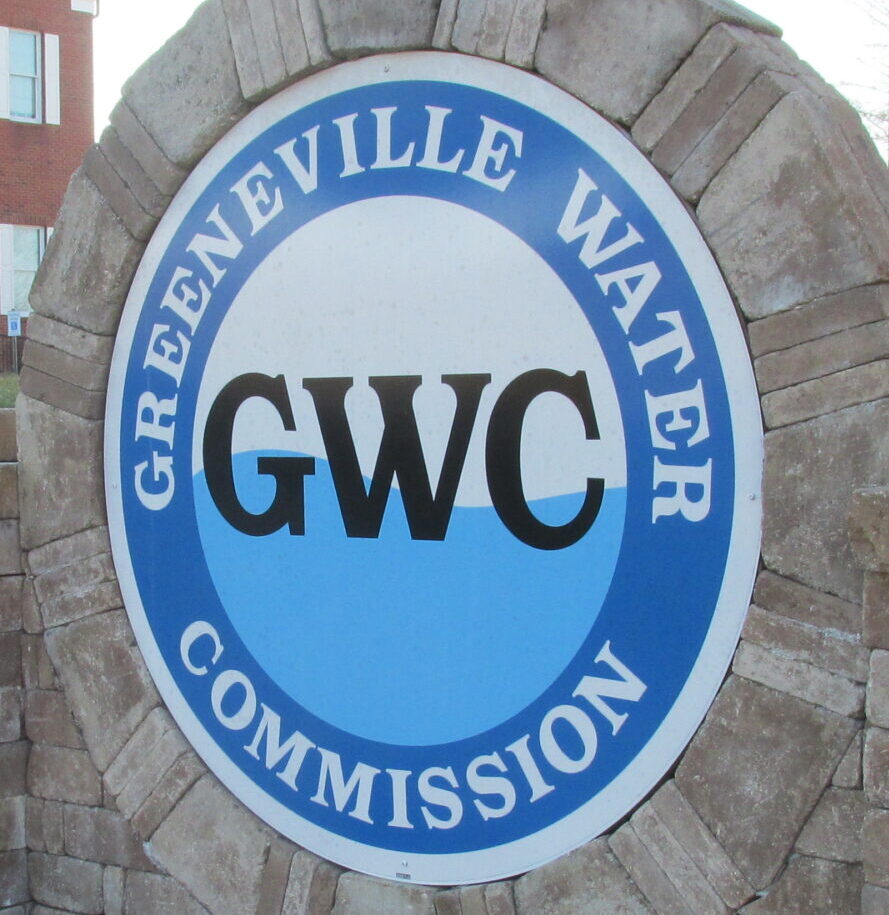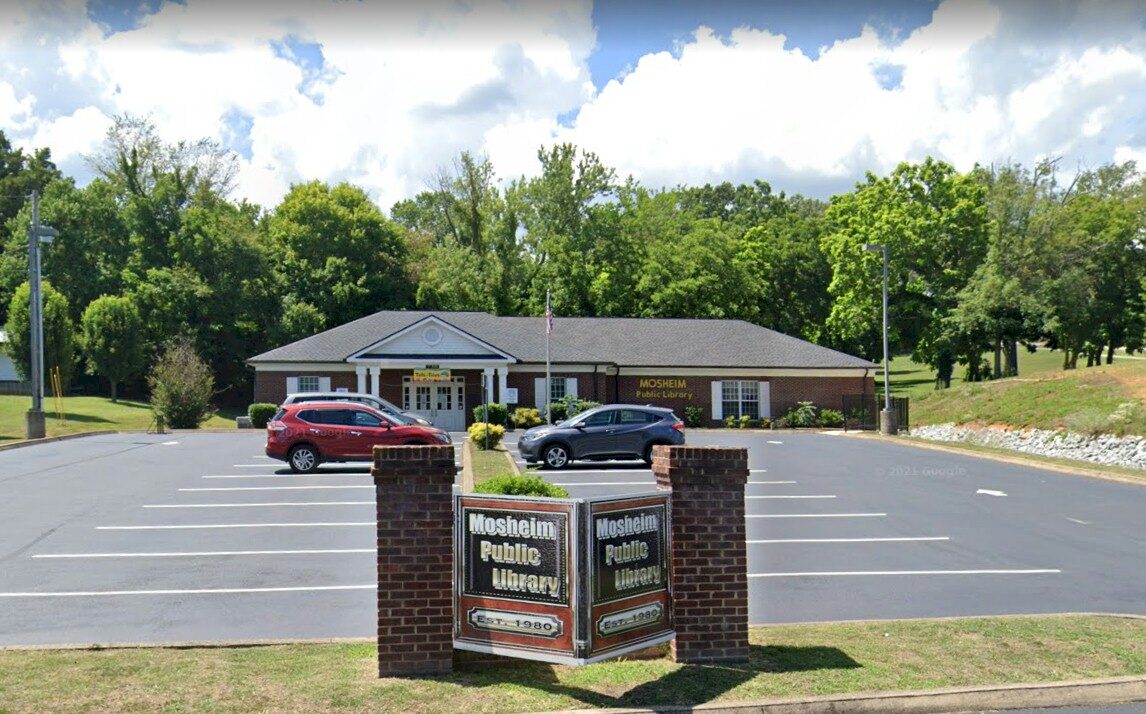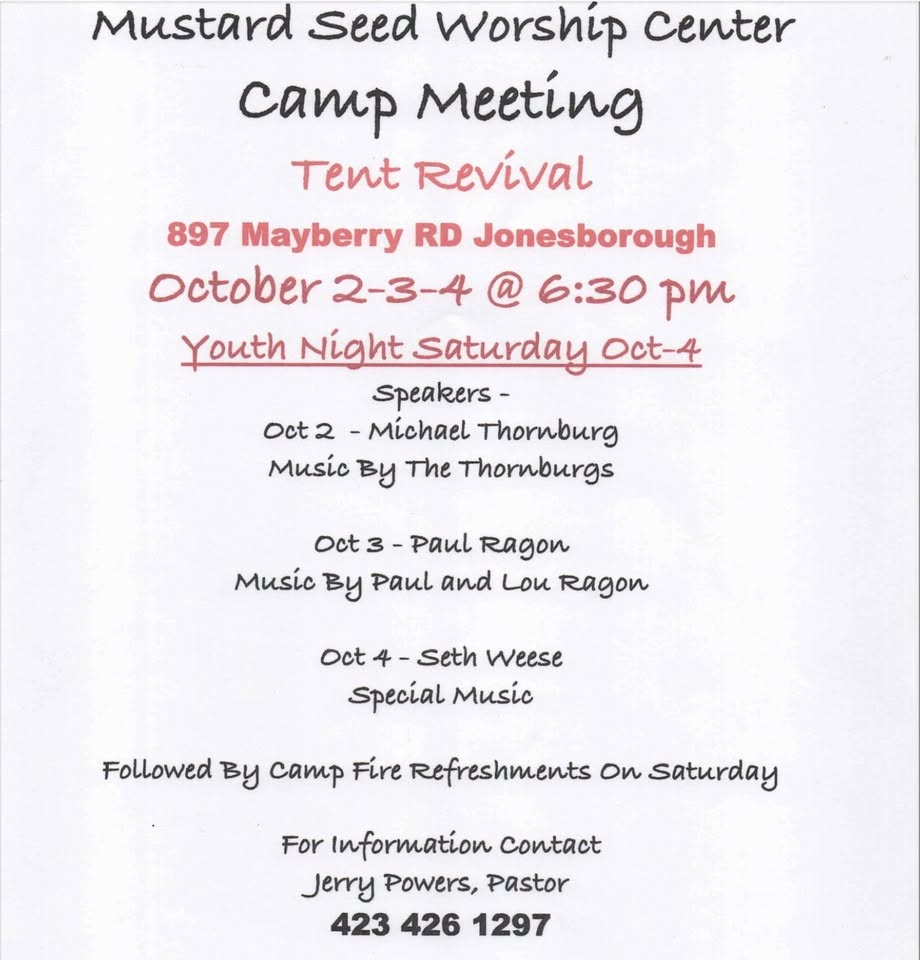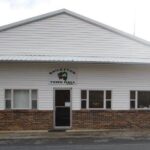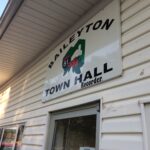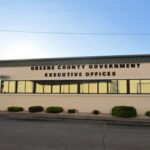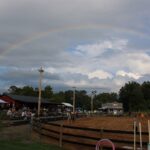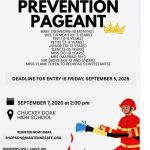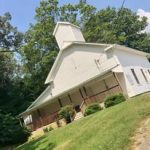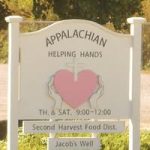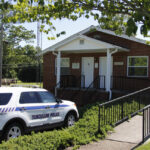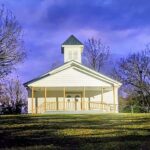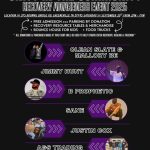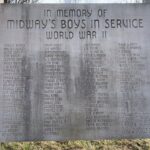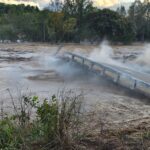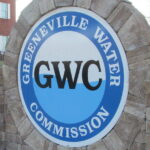Nearly eleven months since flood waters from Hurricane Helene ravaged Greene County and much of Northeast Tennessee, one of those on the frontlines addressed the Greene County Republican Women during their monthly meeting at the Harvest.
Greene County Emergency Management Agency Director Heather Sipe described the days leading up to the disaster, the day the flood waters hit, and the recovery efforts still ongoing.
Sipe yesterday emphasized the importance of being prepared if and or when the next disaster strikes.
Sipe says she stands not surprised, but impressed about he county wide effort post-Helene.
HEATHER SIPE OPENING COMMENTS
It’s a pleasure to be here, to be with you all in this room to talk about our community and what Emergency Management does. I know sometimes what we do can be compared to the other responders as far as what we do. A lot of people think we’re either 911 dispatch or we’re EMS or some other response agency. We kind of call ourselves “the chaos coordinators.” That’s exactly what we do when the chaos hits. We are coordinating the chaos, along with key officials and other response agencies. And we have a big role within our community. When people ask what emergency management is, we do preparedness, we respond, we do recovery, and then we mitigate, and mitigate is looking at how we can help prevent things that happen in our communities again.
We’re sitting here in August, 11 months later after Hurricane Helene, still in recovery mode. But I can stress you all that disaster’s are not convenient, disasters don’t know holidays, they don’t know birthdays, they don’t know vacations. They don’t know, they happen, and we have to adapt and we have to adjust to them.
I’m blessed. I know we have a lot of elected officials in here. As far as emergency management, I’m your emergency management director, Letisha Ricker is my operations officer. We’re appointed by the mayor. Mayor Kevin Morrison has been nothing that encouraging and supportive since day one. I’ve been in emergency management for 16 years under the former director as the operations officer, which is the title that Letitia holds now. And then I came in and I did seven months as interim director. When I came in in February, COVID hit in March. So that’s how I was introduced to being director of emergency management. So we had three and a half years of that, testing, vaccination, all these different things. But just to say, that’s just the world we live in, our disasters are getting worse, our weather’s getting worse. Things are getting worse. And it’s just the times that we’re in. But I think our community stepped up. Everybody stepped up. Nobody took credit for everything. We all worked together to get everything accomplished.
THE DAYS BEFORE
So I just want to give you some statistics. Some things you’ve probably heard or may have not heard in the news, but let’s go back to September 23rd, 2024. That week we started on Monday already watching Hurricane Helene or what she was going to become down toward Florida and everything like that. The weather service was already sending out information to us. But beforehand, we had to deal with a cold front that was moving through our region. So earlier that week, we were already in kind of a flood mode. I don’t know if you remember, but that cold front dropped seven to nine inches of rain in our county. We were already dealing with minor flooding and issues like that, so we were already prepped and then kind of in flood mode. We started getting the indicators that Helene would be moving into our region, into our county potentially. We started making preparations. You all saw the information that’s coming out. If you’re on Facebook or other social media, WGRV , newspaper or whatever, you’re seeing information that we’re pushing out from the weather service. So we were already prepping our community to get ready for what at that point was forecasted, We’re getting with key officials. We’re having planning meetings with response agencies, our key officials are in there. We’re talking to utilities, we’re talking to road crews. We’re talking to these people about preparations. At that point, what they were forecasting for us, I have to say, and I will say till the day I retire from emergency management, we were as prepared as we could have been for what was forecasted. Absolutely, I have total faith in our response agencies, our officials, utilities, road crews, everything. We were as prepared as we could have been, hands down.
SEPTEMBER 27 – THE DAY THE FLOOD WATERS HIT
5 o’clock the morning of September 27th, Letitia and I came into our office at 5 a.m. We were monitoring, looking at the weather, getting ready for what we were preparing for. Remnants of hurricanes are nothing new. I can tell you with being in emergency management for over 20 years, we saw remnants in 2004. I don’t know if you remember, sunshine, blue, skies, not a drop of rain in Greene County, and we had a lot of outflow coming out of North Carolina that caused a 16 foot crest on the Nolachucky River. We had flooding of our crop lands, pastures and things like that. So remnants are not a new thing. We monitor them, because any time they’re calling for excessive rainfall, just like yesterday, I promise you I was looking at the river. I was looking, and not just because of Helene prior to Helene, it was something that we always do, especially if they’re calling for any kind of rain in the mountains. So we’re monitoring that stuff along with our streams and our creeks, and we work with law enforcement and have them monitoring those situations. So it’s nothing new that we did pre-Helene. So I just want to give you some statistics. I said we came in that morning. We’re monitoring things which were gradually getting worse. And we did a full activation and eventually of the EOC. We had wind come in, rain come in, heavy rain. We’re seeing a rise, especially in the river and things like that. We’re monitoring stuff out of North Carolina. And I don’t want to go into all the specifics of that day because you all know, you were there with us, and whether you were affected directly or indirectly, you all were there with us. You heard and saw and went through these things with us. Unfortunately we had one fatality in our disaster. Kinser Bridge collapsed at 6.33 p.m. that evening. We had local officials and state officials, federal officials in the EOC, the mayor was in there with us, and he’s very stringent on our locals taking care of ourselves, and we did that until it got beyond the scope. We have state and federal officials coming in. At the peak of the storm, GEA, our former light and power, was looking at 10,000 power outages. By October 3rd, they were down to 50, which is amazing. Our light and power crews are amazing. Our dispatch center took over 800 calls in during the peak of the storm, and they answered over 4,000 radio transmissions from our responders. That is unreal with all that stuff coming in. Our Mayor signed the local declaration on September 27th, once the chaos kind of ensued. That helps us be able to go ahead and move forward. We don’t have to have state declaration, federal declaration till later on, but that says, hey, we are in need. We’ve got a catastrophic flood. We need to move forward. I had a conversation with the county mayor, and said, “Hey, I think we need to do this now. We need to get ahead of this before it gets any worse.”
How many of you think about the dam? Well, we have excessive rainfall or flooding, or things like that? We talk about all the time and I go back to when I was working during the tornadoes of 2011 and many of you remember that. If I would have sat in a room with you all and said, “We’re going to have five tornadoes in one night with $12 million a damage,” you all probably would have laughed me out of this room. And I promise you, when we’re sitting here and we’re having these conversations, it can happen to us, and it will happen to us. And we can’t get complacent as time passes by. We have to continue to be prepared and get ready for these incidents. Our weather systems, you can just see this summer, the storms and the rain that has come in. What have we seen? It drops one, two, three inches of rain at a time, and we have some under flooding issues and things like that. So to sit here and talk about Helene and the devastation that it brought upon our county on the onset, none of us in this room would have expected that. But none of us would have expected the worst disaster that our county or region, our state has ever seen.
THE TVA DAM COULD COLLAPSE
You go to the TVA dam and we are so blessed to have a good partnership in a networking with them. They meet with us here, we go over emergency plans. We actually met with them yesterday to do the updated plans for the dam, and of course, they’ve had to change some dynamics after what we went through. Our TVA Dam, we called her our “little dam that could.” She was in jeopardy of eminent failure. Later on that night on September 27th with a yellow warning and also a red warning. And it was being monitored and we didn’t know if that dam was going to hold or not. And to truly say to sit here, there were certain aspects of that disaster where I had people tell me after they’re like, you had no color in your face. There was times that I’m like, God help us. You know, what are we going to do? But the water was raising two feet per hour that night. Two feet per hour that night. And 1.3 million gallons of water per second were flowing over that dam. And that dam held by the grace of God she held. We did find out till later on, early the next morning, the TVA guy, after they flew a drone over, he said, “we can see he, She’s still there, she’s held.” And she stayed in that threat risk until later on that morning where the threat had passed and the water was reducing.
FLOODING CREATES OTHER ISSUES
Also, some of the aspects that we don’t think about as far as emergencies. You just think about the emergency, the flood, the tornado, the winter weather. But with this, it was multifaceted. You don’t think about the things that the floods affect. How many of you thought you’d be without power for days on end? How many ever thought they would be without water for days and weeks on end? How many of us thought that a portion of our county, 20,000 plus people would be cut off from us across the Kinser Bridge due to a collapse. So these are aspects that we have to look at not only on the response side of it, but also in the community side of it. That’s why we push this preparedness and this want for you all to be able to care for yourselves for at least three to five days. If you’re a big prepper, seven to nine days, because we may not be able to reach you. I promise you there was a lot of conversation the Sheriff and Chief Deputy can attest to this ,we were having a lot of conversations in that emergency operations center about how are we going to get supplies to our community members across the Kinser Bridge, which had collapsed. So we had to adapt to the scope of the emergency. We’re ever adapting, we’re ever changing to whatever comes up. 13 Water rescues, community cut off, other bridges collapsed, Poplar Springs, Easterly collapsed and damage. We had over 150 roads in Greene County that had to be cleared of debris, mud, silt, and that was just the to get our response agencies to where they could respond to any emergencies. Being cut off too as far as Kinser Bridge, it took our EMS from a few minutes’ response that would have got them across Kinser Bridge to a 52 minute response. A fort was placed at the Marathon that stayed there for a while till it was moved over to the crossroads so that our EMS could reach our patients and whoever needed emergency care. There’s a lot of dynamics that go on to or response in an emergency situation. The emergency Operation Centers up at the EMA office, where we are, and there was hundreds of people that moved through that emergency Operation Center and made decisions for our county to take care of our community members. And like I said, hands down, I will say, we have the best responders in the region. We have the best officials in the region. You all can clap because I’m right there with you. We’re blessed. A lot of times when you have chaos, when you have the onset of an emergency, and we’re trying to get things done, I promise you, we’re affected just as you all are affected. We have families, we have all these other dynamics going on, and everybody that stepped through that door put their ego aside, put their themselves aside, put their family aside to make sure that you all were safe. And without question, they walked into that room and they helped.
OUR NEW NORMAL
So I move away from the disaster to go into the recovery side of it. And like I said, as y’all know, disasters do not fix themselves over night. They don’t go back to the way things are and will never be what we were pre-Helene, pre-September 27th. I call it our new normal. And when you drive around, I mean, many of you all that remember the tornadoes, you could still go through Camp Creek. You can still see the visions. You can go through Horse Creek and still see those visions. It’s our new normal, and that’s what we’ll see with this disaster too as you move around our community. It’s our new normal that we’re having to adapt to.
RIVER DEBRIS STATS
I want to give you some kind of stats where we are 11 months later. I know there’s a lot of questions you may have some questions about the river debris. As you know, TEMA, who was the state side of emergency management, contracted a group called Phillips and Jordan, because I promise you that debris was too much for our county to take on. It was too much. We have 32 river miles, if you don’t know that in Greene County. We had debris as high as four stories, five stories, six stories high. But also you have to understand with the way the river flows down Unicoi, Washington County, Greene County. We still on the onset of when this service started, when they started looking at the debris, which was in January of 2025, we still had people missing. And one of my biggest things that I said to them, how stretch at how, you know, tedious, are you all going to be with that debris? If that was my family member, I would want y’all to be extra careful with that debris. So we had a lot of conversations. I know the mayor was in a lot of meetings with Phillips and Jordan. We had town meetings. As far as Phillips and Jordan, I know Wesley and the Sheriff’s Department worked a lot of stuff. The Rescue Squad tried to get priority areas to get that established. They’re a contracted service coming in, but we know our county. We know our river. So we’re giving them the information.
But to date, I just want to let you all know, they ended the River debris cleanup in the river to the banks on May 24th. That was the contract cut off.
In the region, which includes all the counties that were under the merch declaration, 5.2 million cubic yards have been removed from waterways. In Green County alone, 1.1 million cubic yards of debris was removed from the river.
That is just unreal to think of. Also, they had three sites that debris was taken, they tried to separate as much as they could, and they’re continuing today. They’ve not exited Greene County just yet. They’re chopping, mulching, repurposing out in low-lying areas as much as they can. They’re also retrieving equipment and things like that, but I’ve not been given a confirmed date of when they will be exiting the county.
We also had a county debris site, which was for people that had damages, debris that they needed to bring to the right of way, to the edge 10 yards off the right away, that are county debris site was set up and worked with UT Ag on that. The mayor was very firm in that aspect just to getting that set up and a solid waste crew, who was amazing, I still can’t speak enough about them. They stepped up, they said, “we’ll take this on.” And they worked on that site to get it war would needed to be to handle the debris.
RECOVERY CONTINUES TODAY
We are still in recovery. We’ll be in a recovery phase as we enter into a year September 27th. Disasters take time. Even our tornadoes. which at that point, we thought was the worst disaster, we hoped we would ever see, but we were handed this, and we’ve adapted to it, and I think our community, as a whole, churches and civic groups and community members, everybody’s stepped up because that’s what we do in the South, right? We take care of each other. We make sure everybody’s taken care of and we’re there for each other. And then the government side of it, we do everything I promise you, to the level of our authority, level of our ability to make sure we get our community back to its new norm.
And we continue, Letitia and I work every day. I talk to the mayor every day. I work with the response agencies every day to get us back to where we need to be, and to also go, hey, we need some of these aspects to help us if this ever happens again. Because like I said, you all, you know, if I would have sat down and told you Helene was going to do what it did, you all would have thought I was crazy. You know, never in our minds did we think we’d have a category one hurricane still as it moved up into Georgia. Never did we think that a hurricane would affect Tennessee the way it does. ” But I’m just so blessed at all the encouragement and support that you all bring, especially our commissioners. I know Robin and Jan and so many others and Nathan and Mayor and Danny, everybody was coming in through the EOC on this first two weeks, we were working nonstop in response before we moved into the recovery phase. We got the Declaration October 2nd from the President and the Governor, we’re moving forward. And like I said, it’s not going to happen, it’s not going to change over night.
But just please know that we’re working. You may not always see us, you may not always hear it, but we’re working behind the scenes to trying to get our communities back. And I think most of you all know how to reach out to us, but if you don’t it’s 423-798-729. And you can get a hold of us if you have any concerns. We do get calls every day from community members asking questions, wanting answers, wanting statuses on what something is or isn’t, or who can I reach out to? But that’s what we are. We are a resource for our community members, our key officials, our response agency. So come to us, and if we don’t have the answer, we’ll get you to somebody who can give you the answer.






